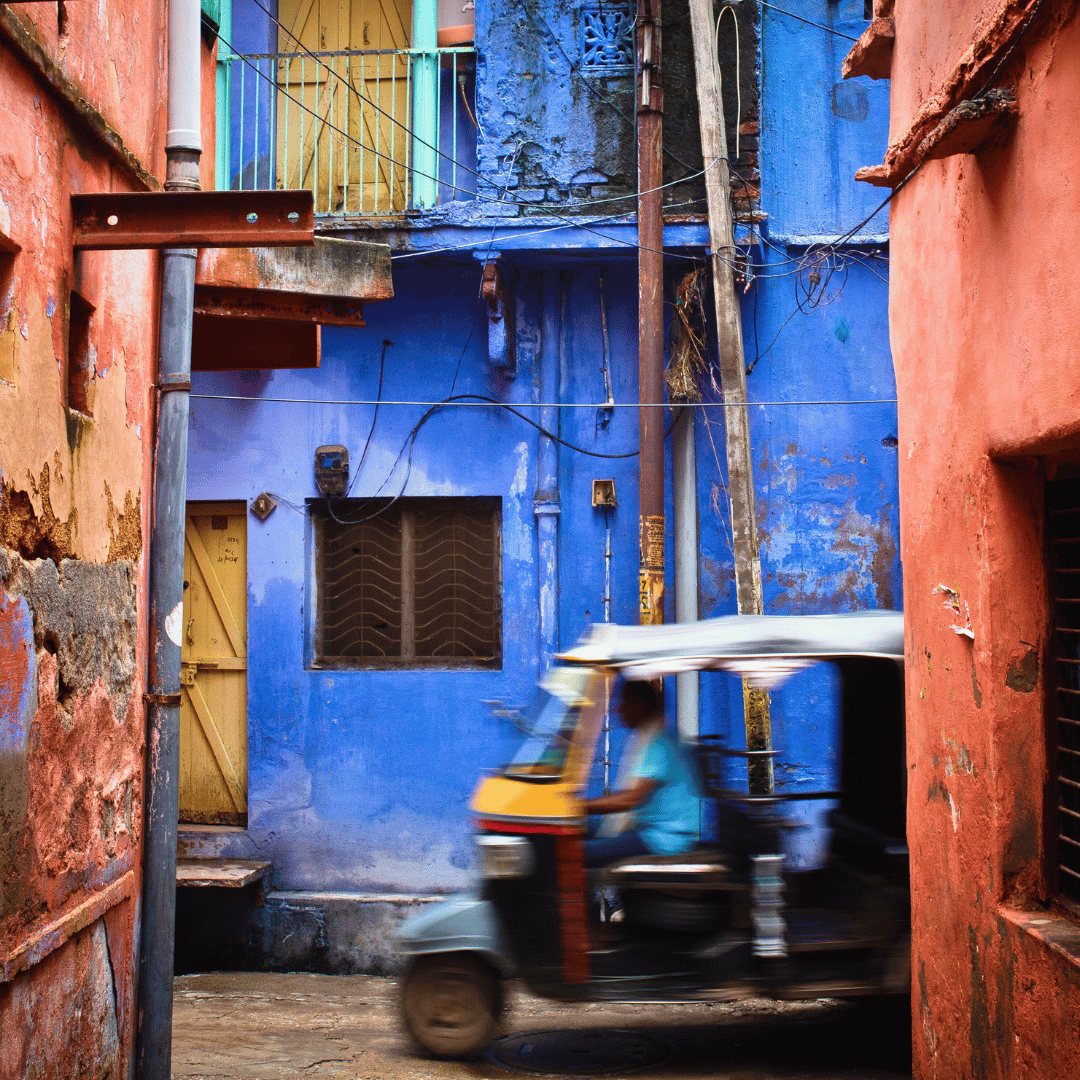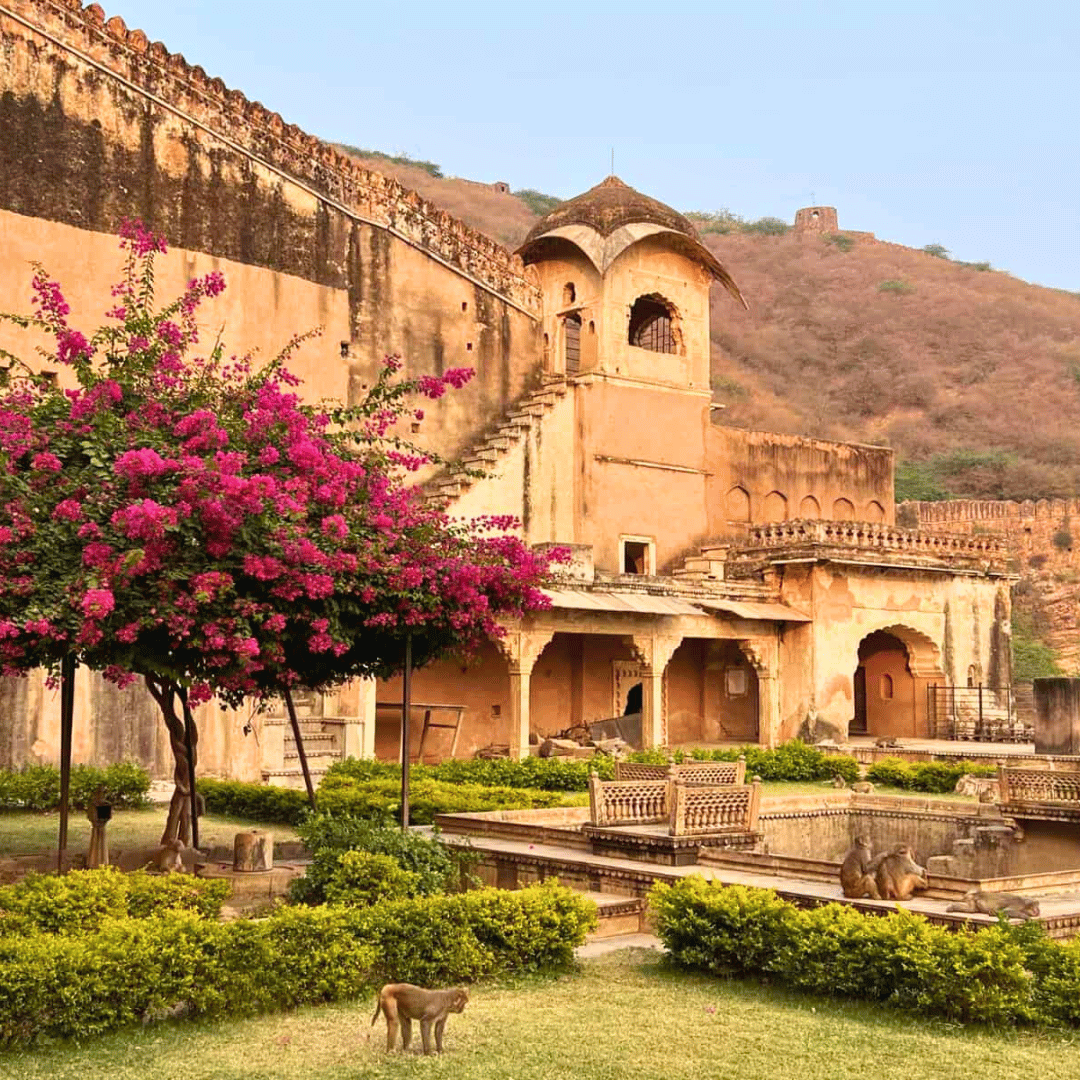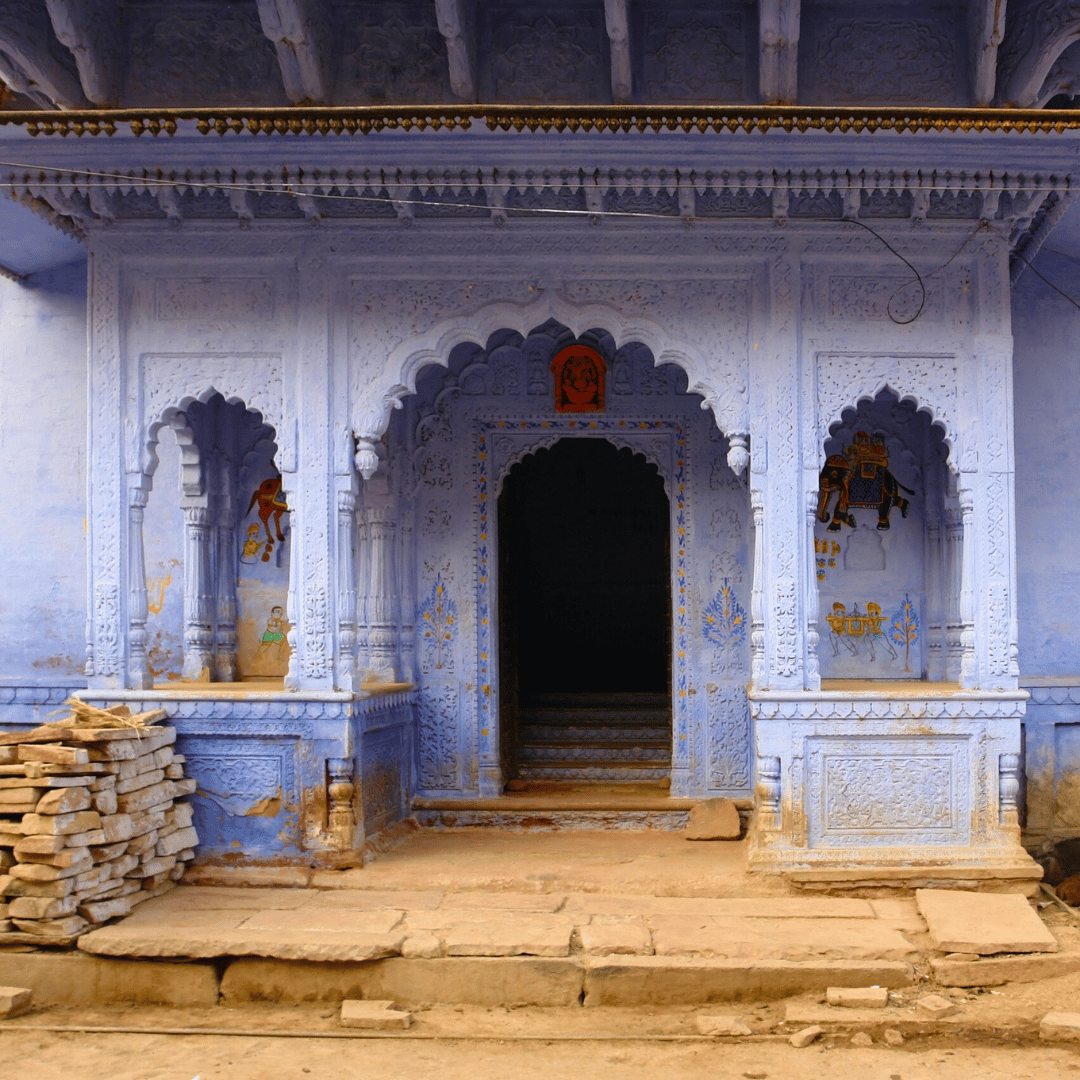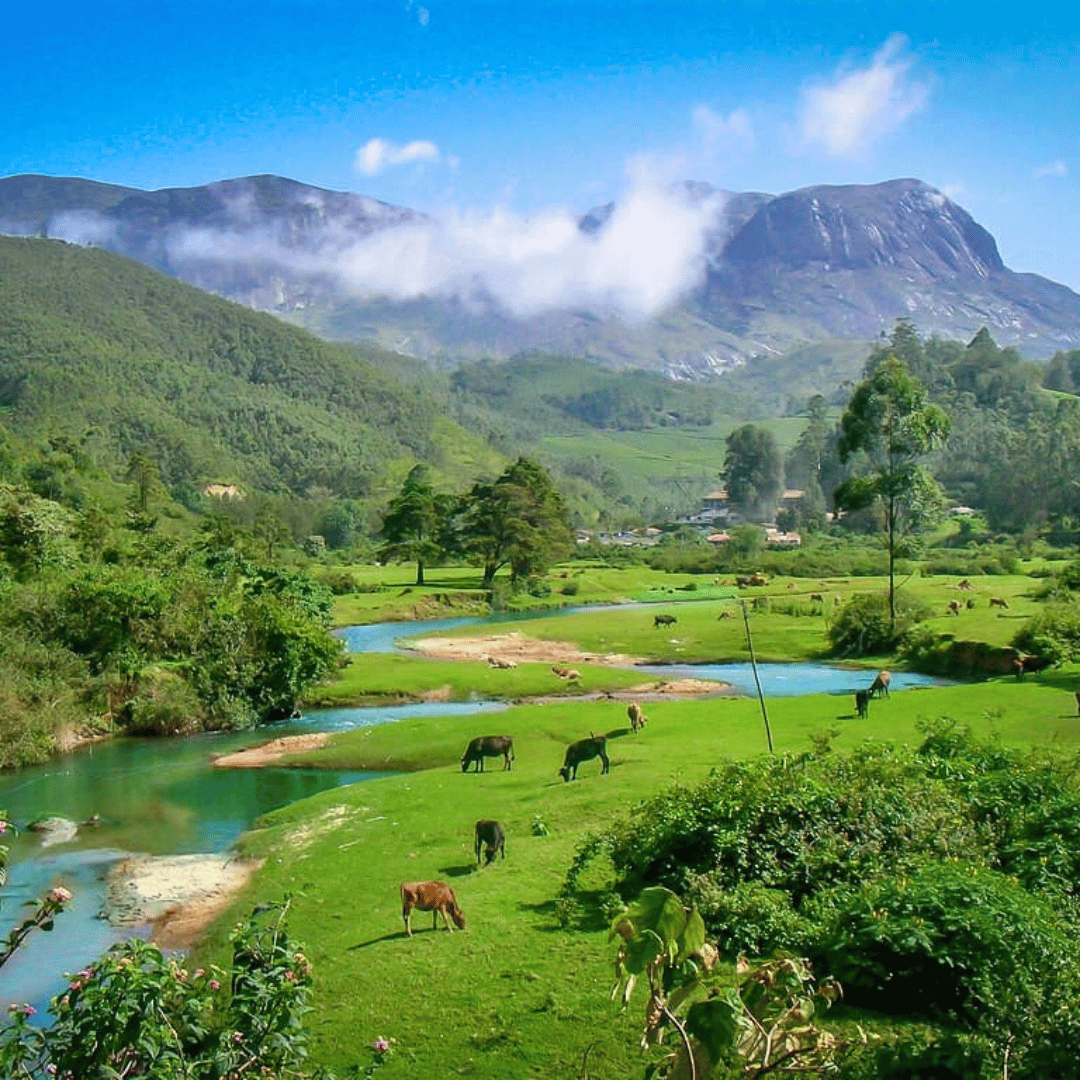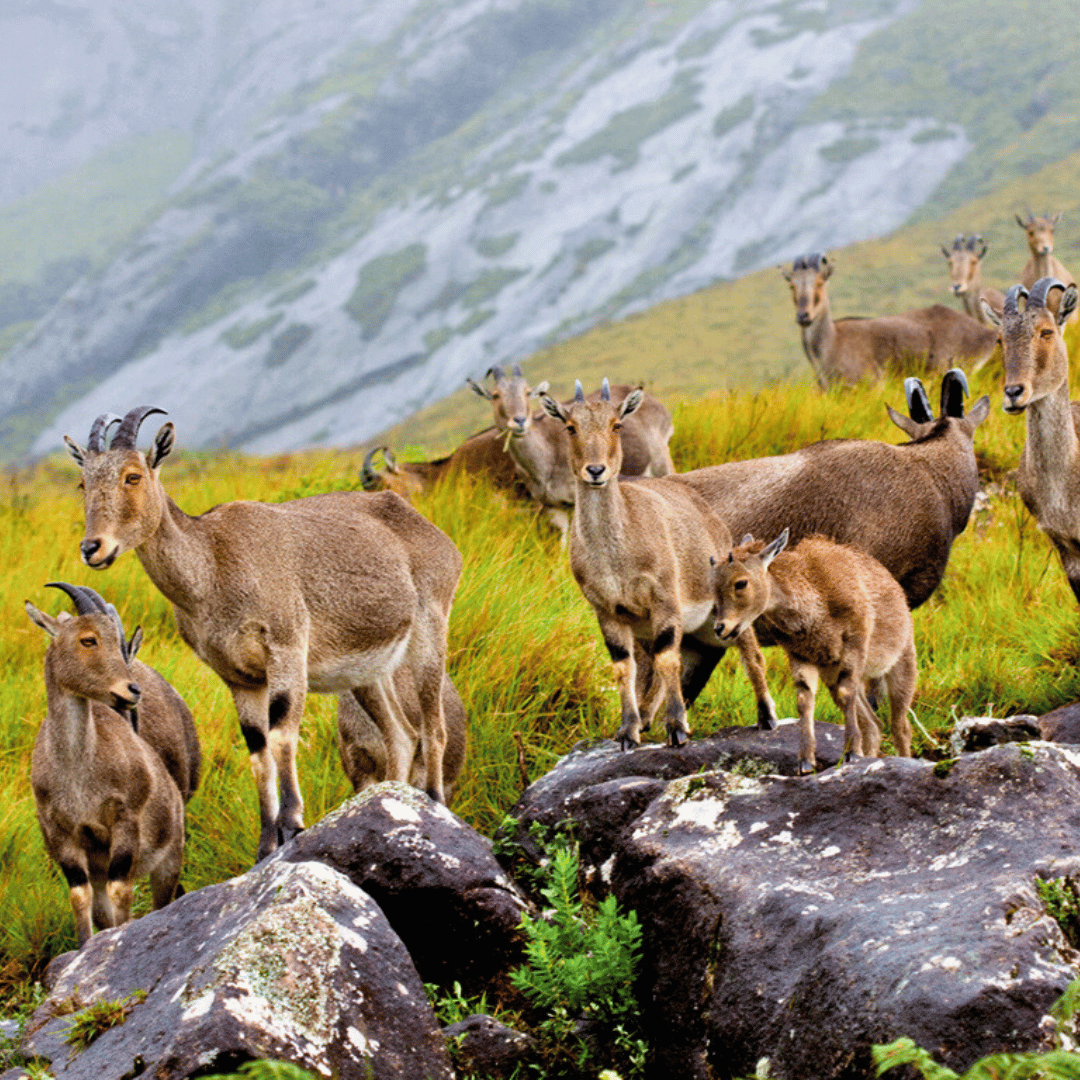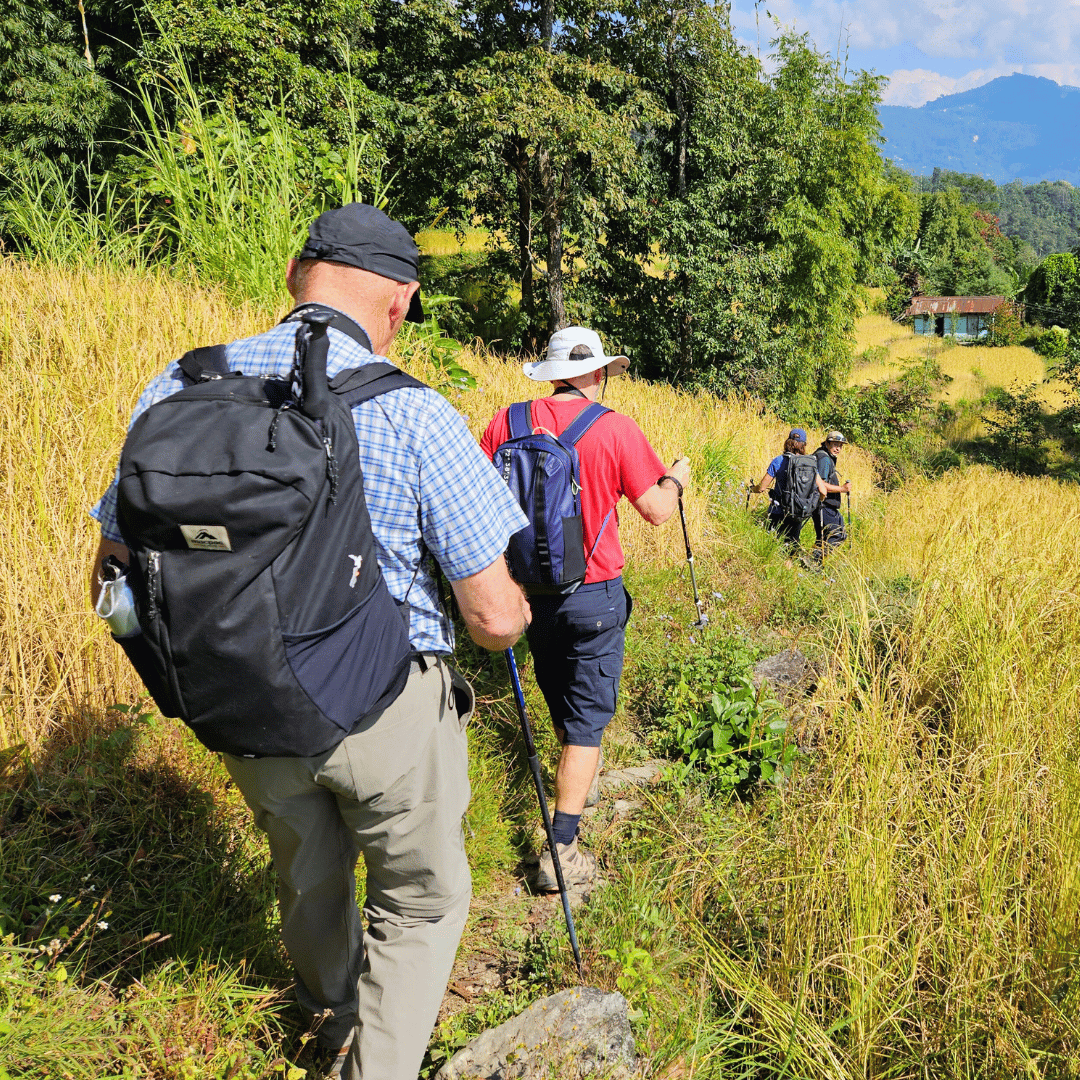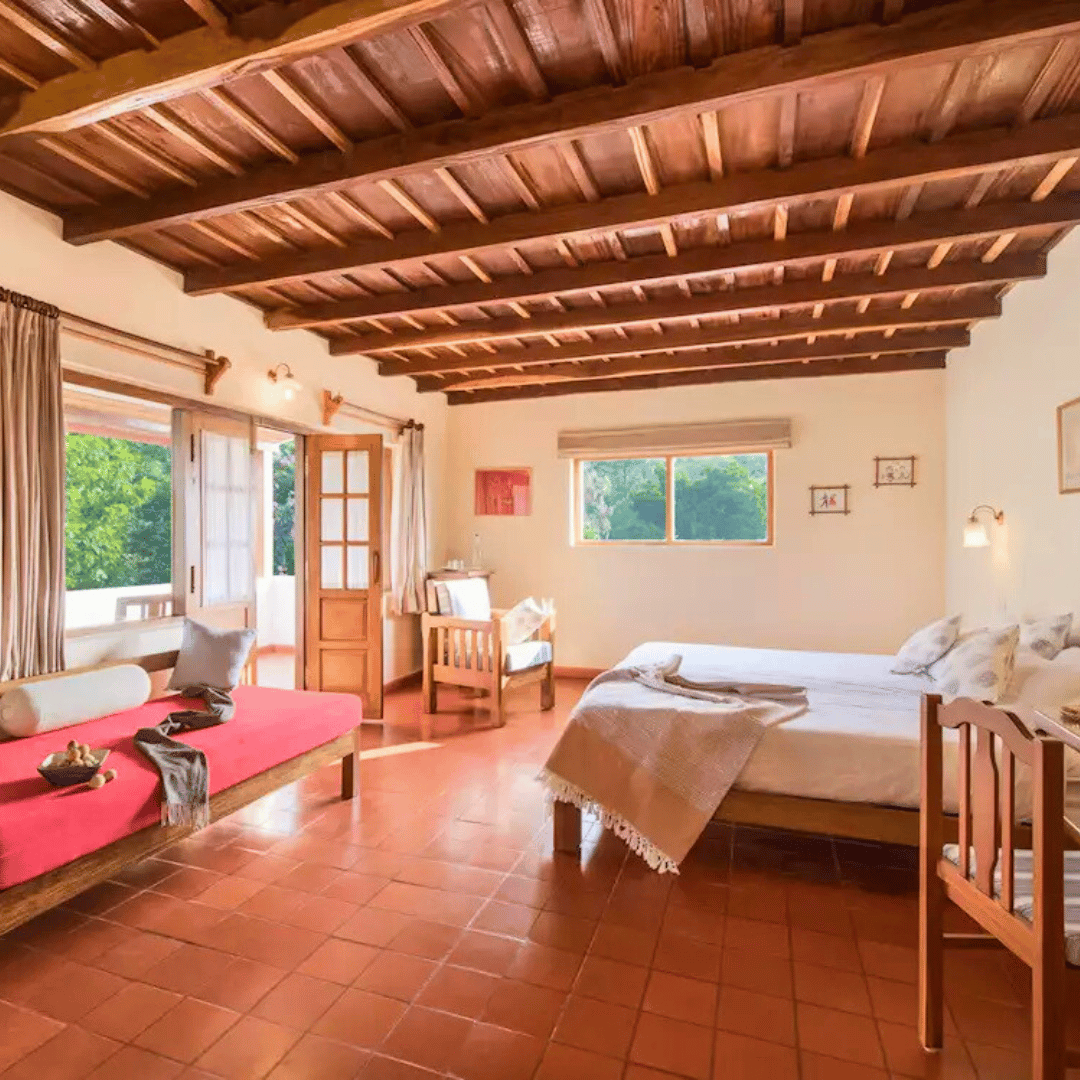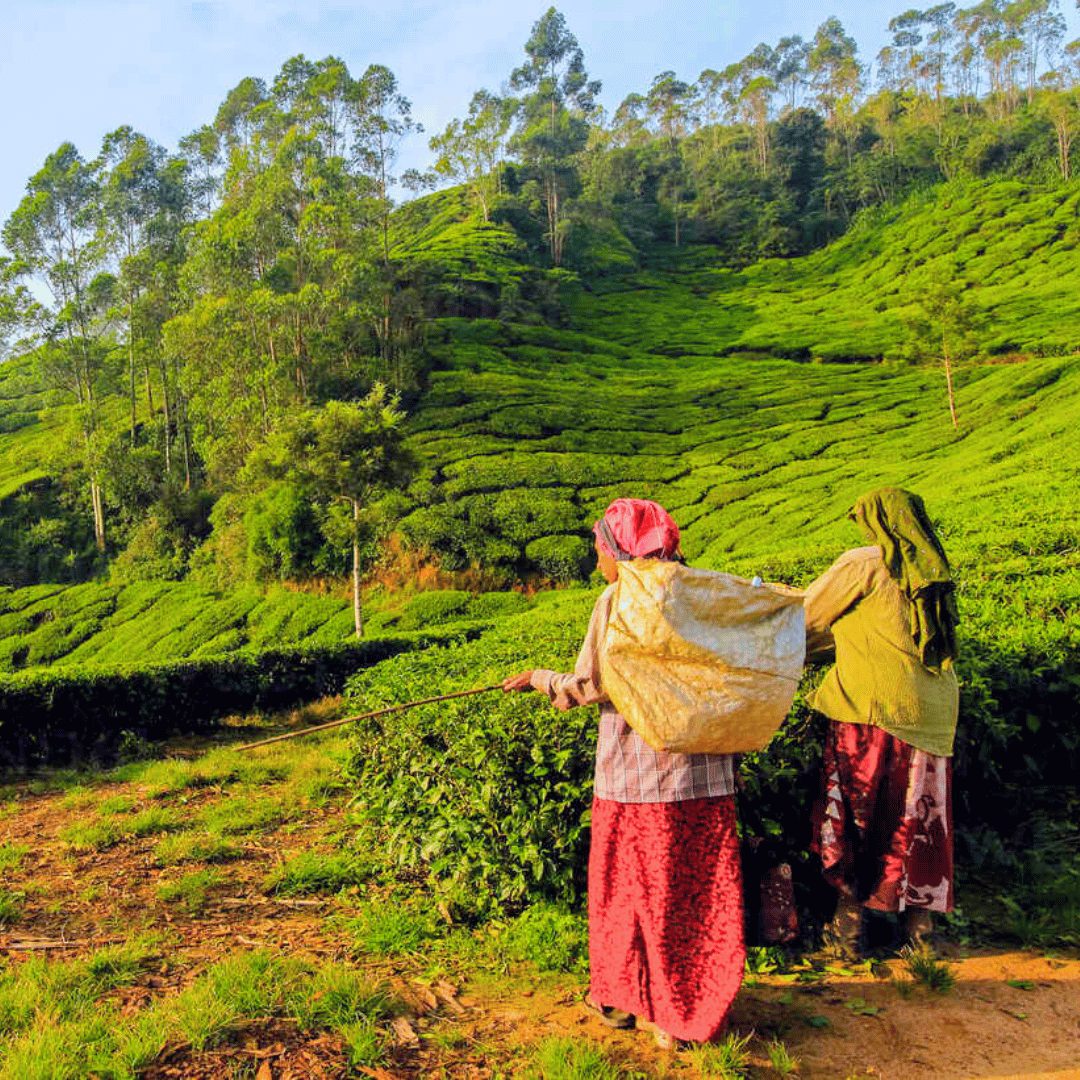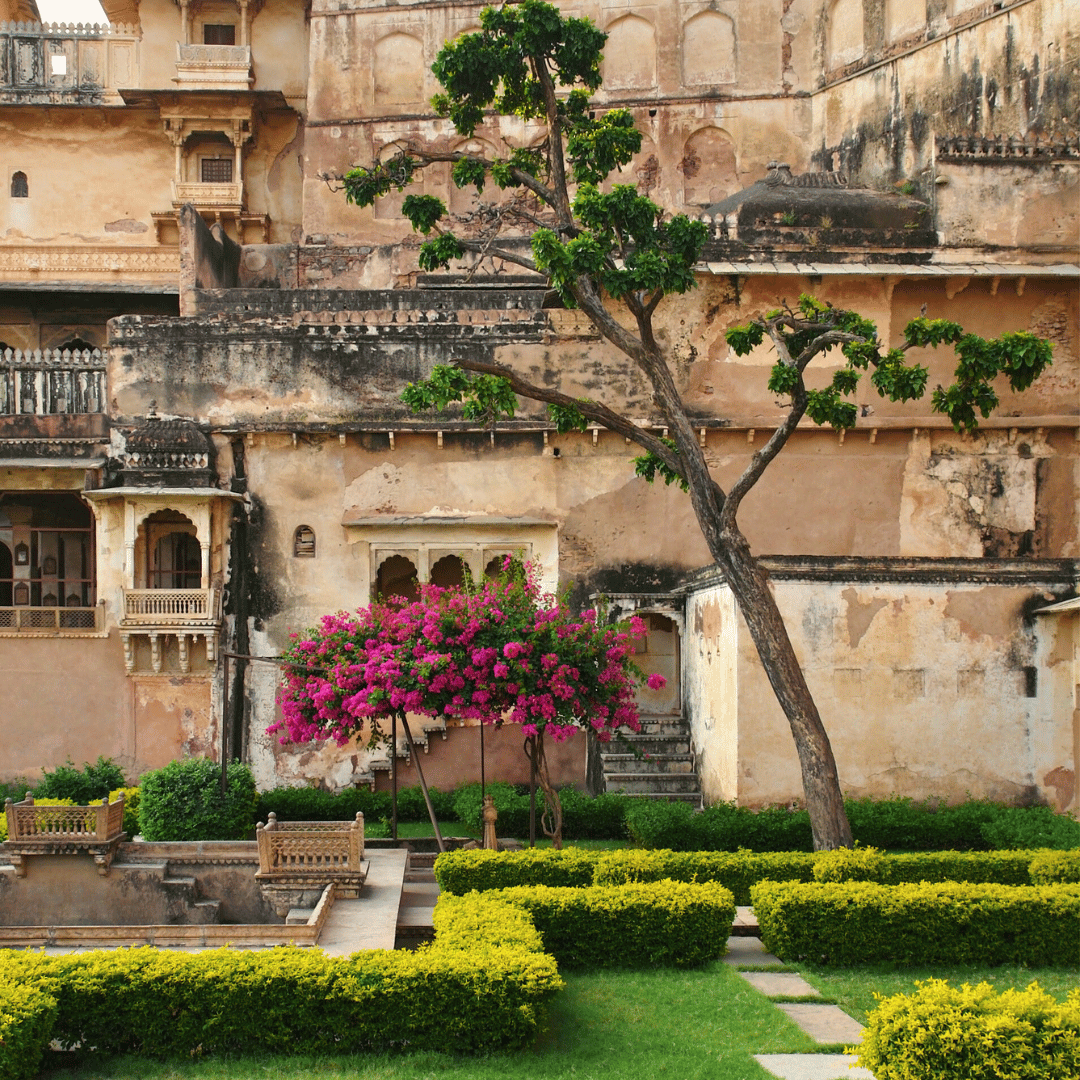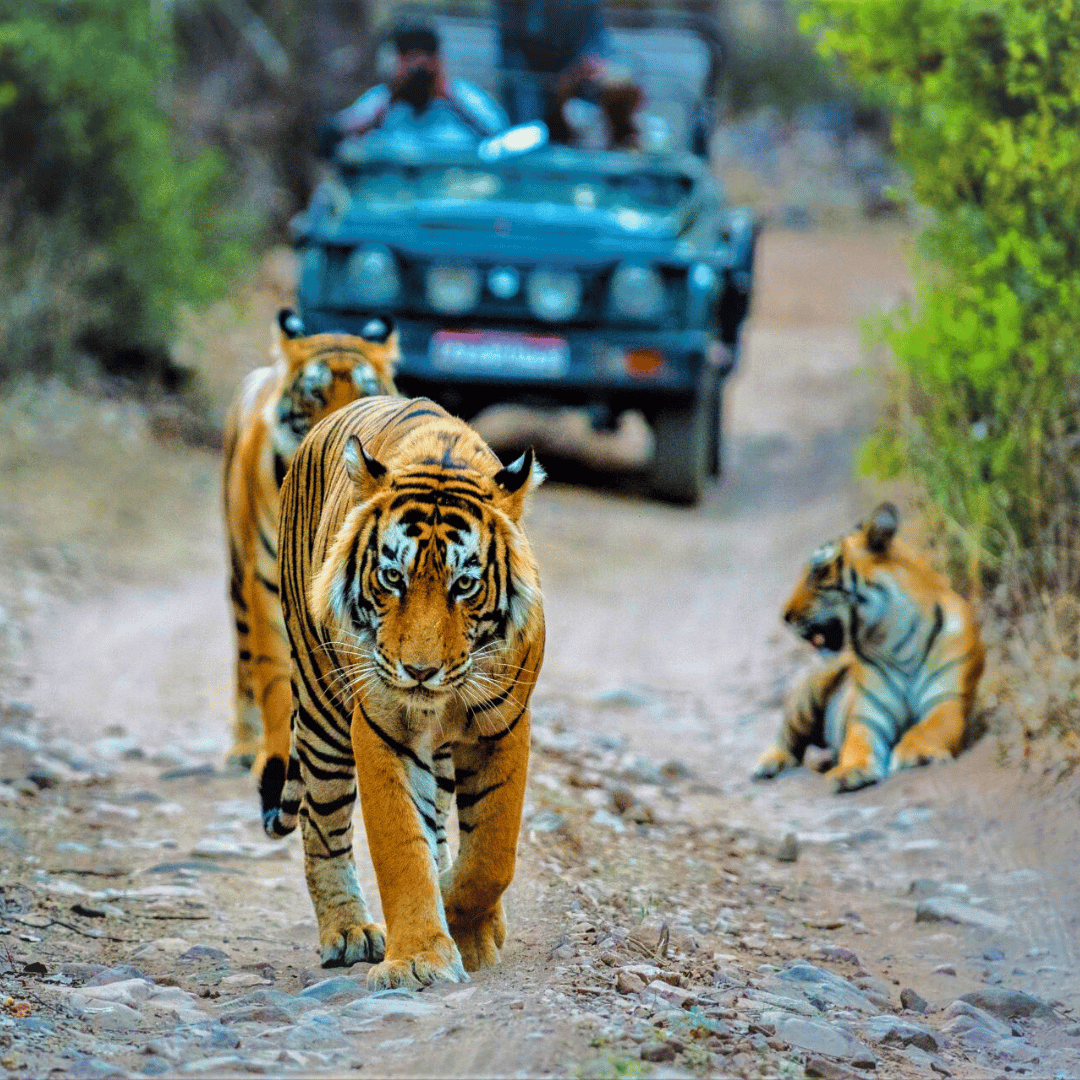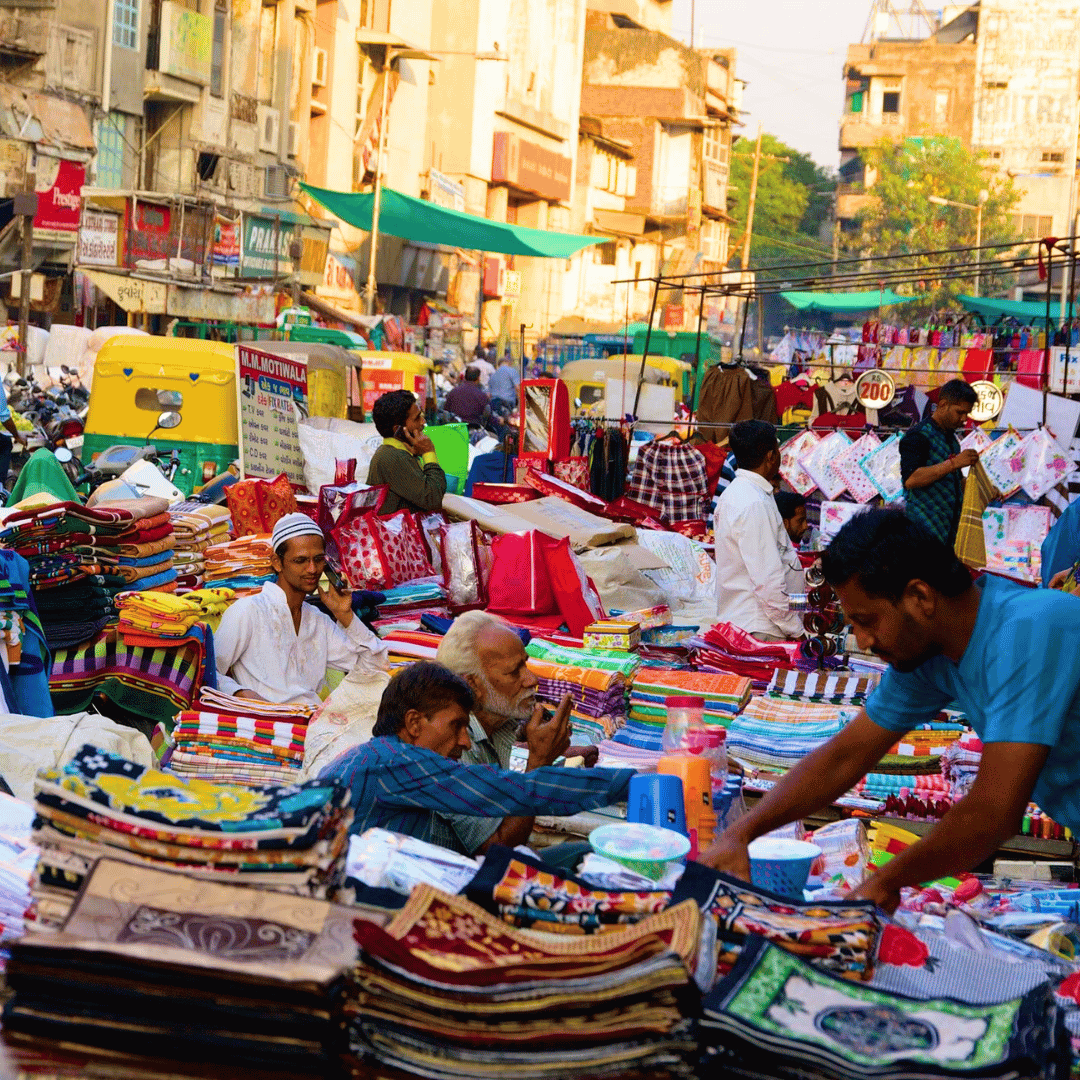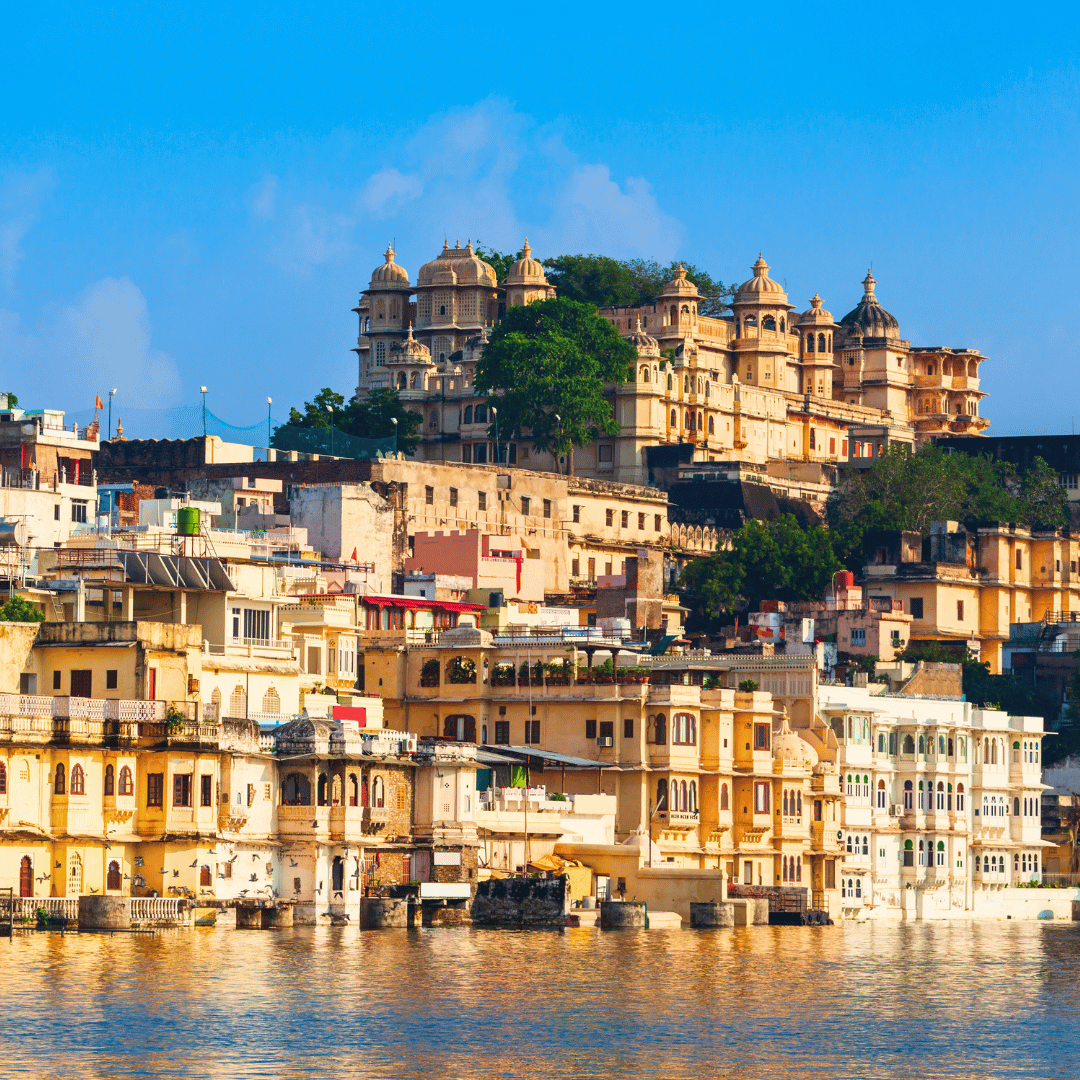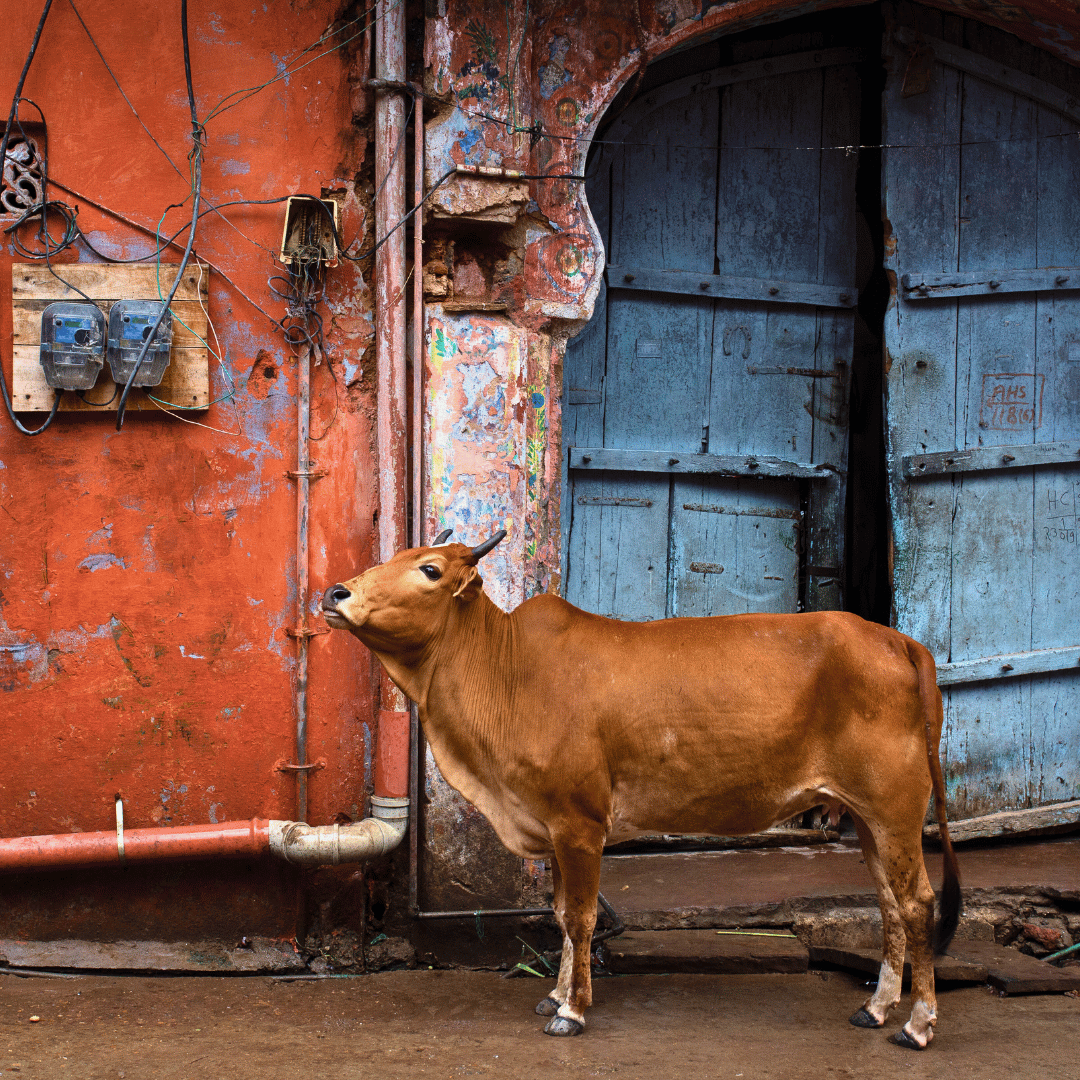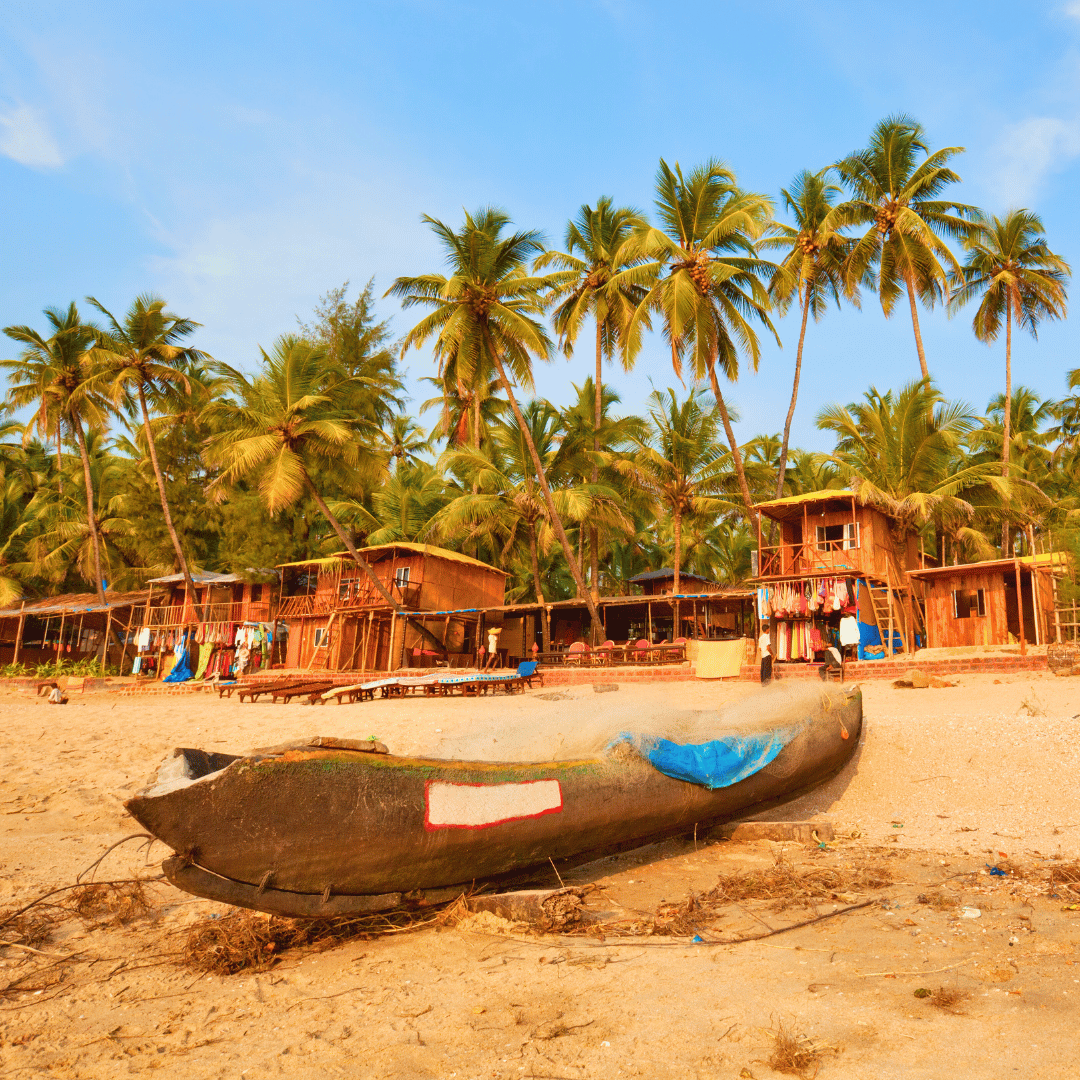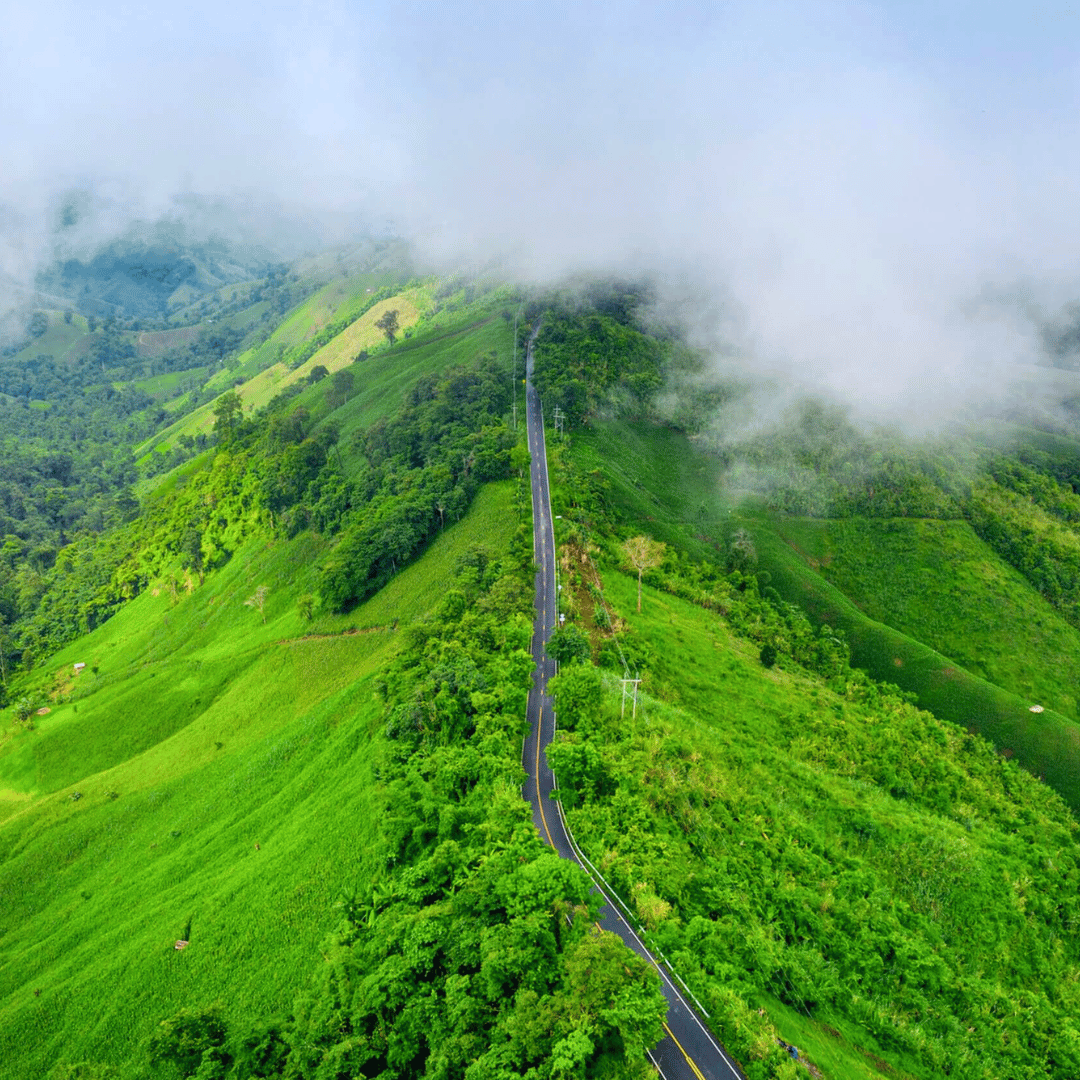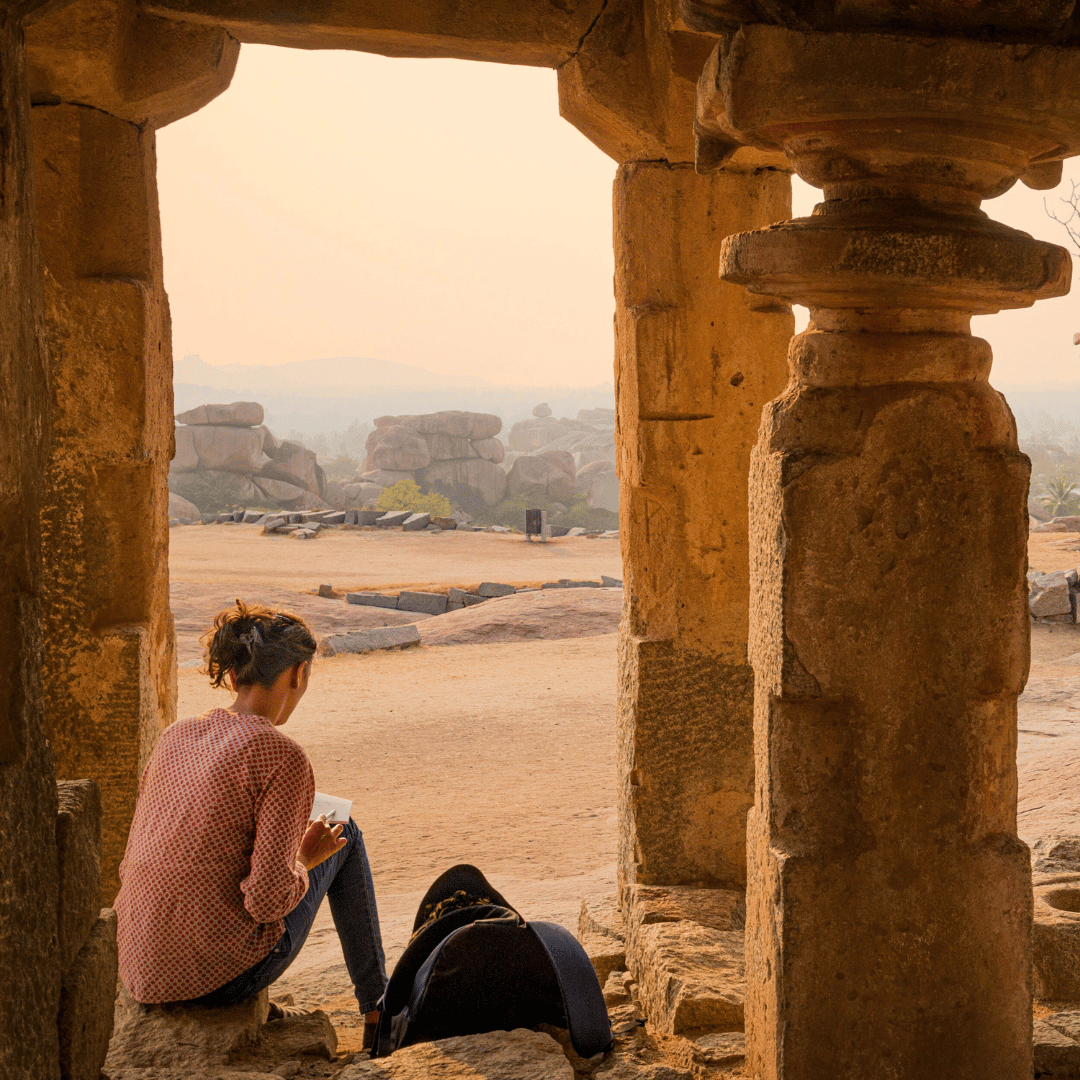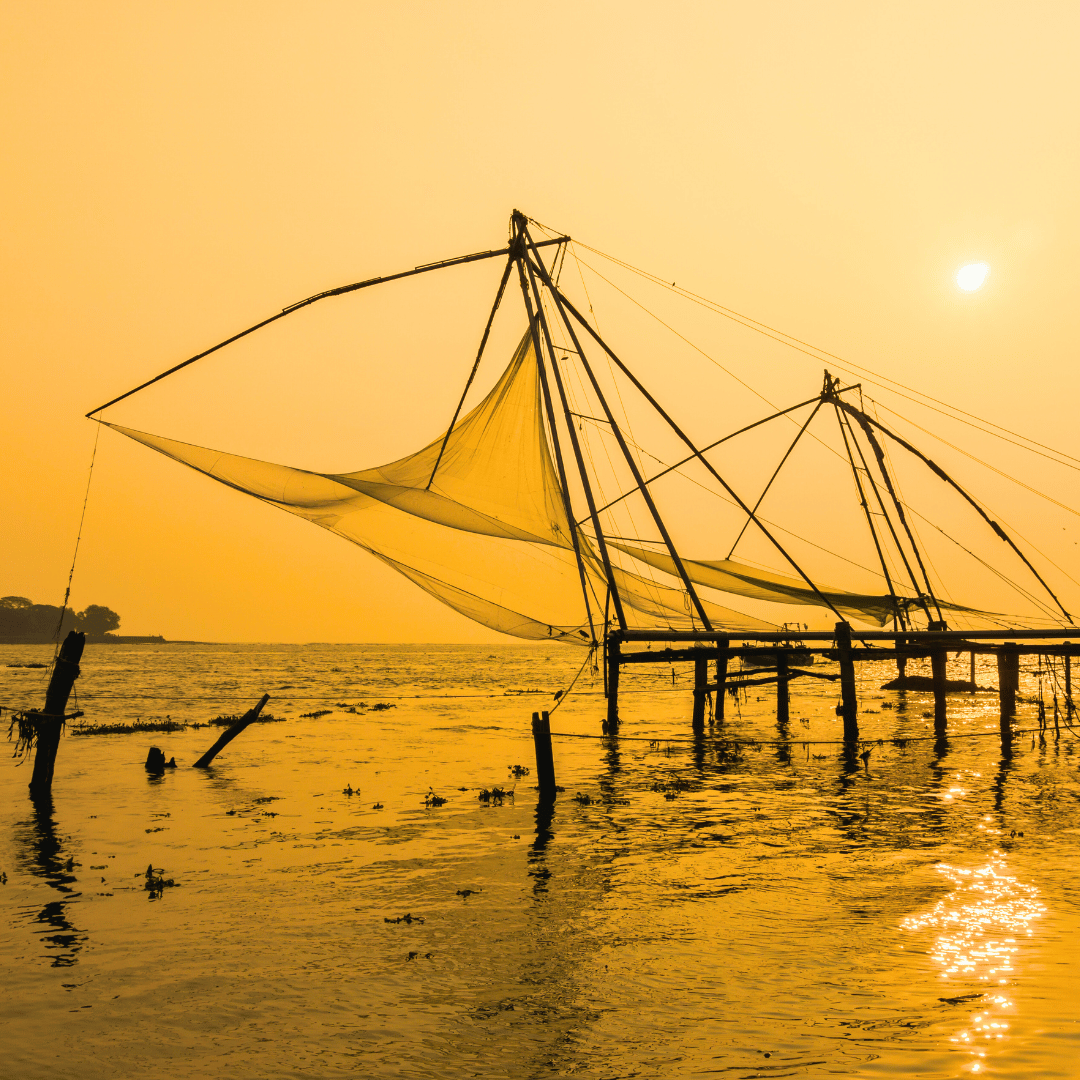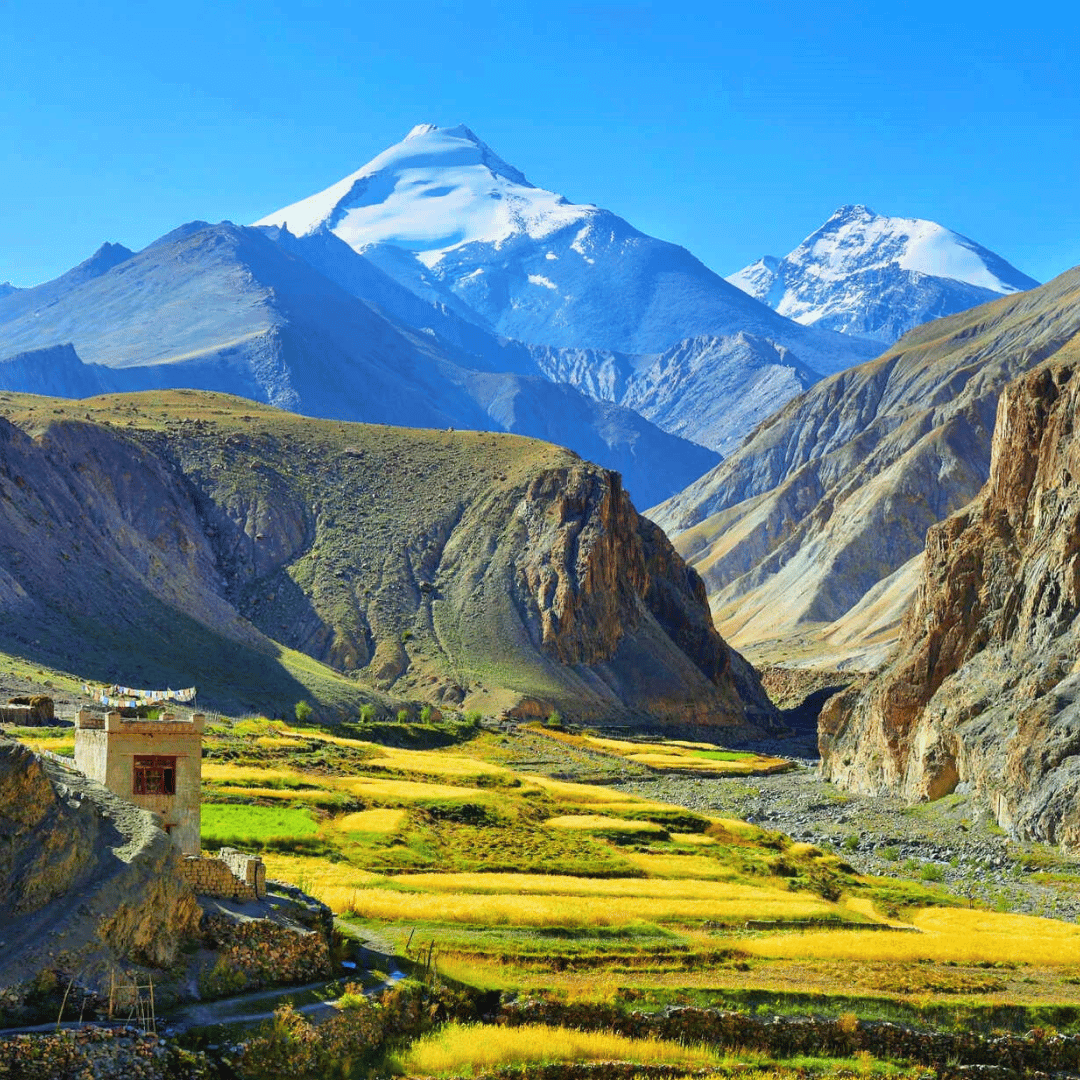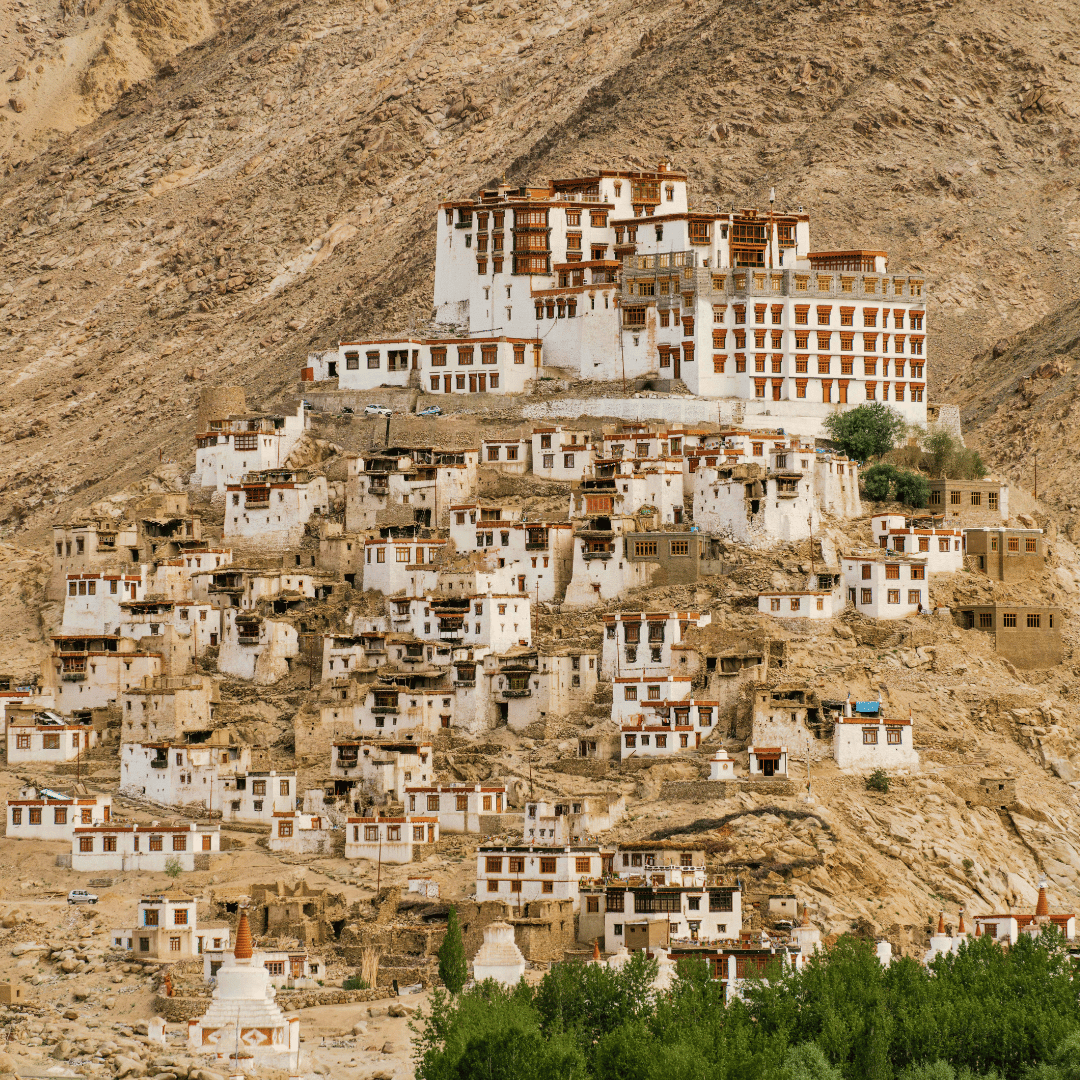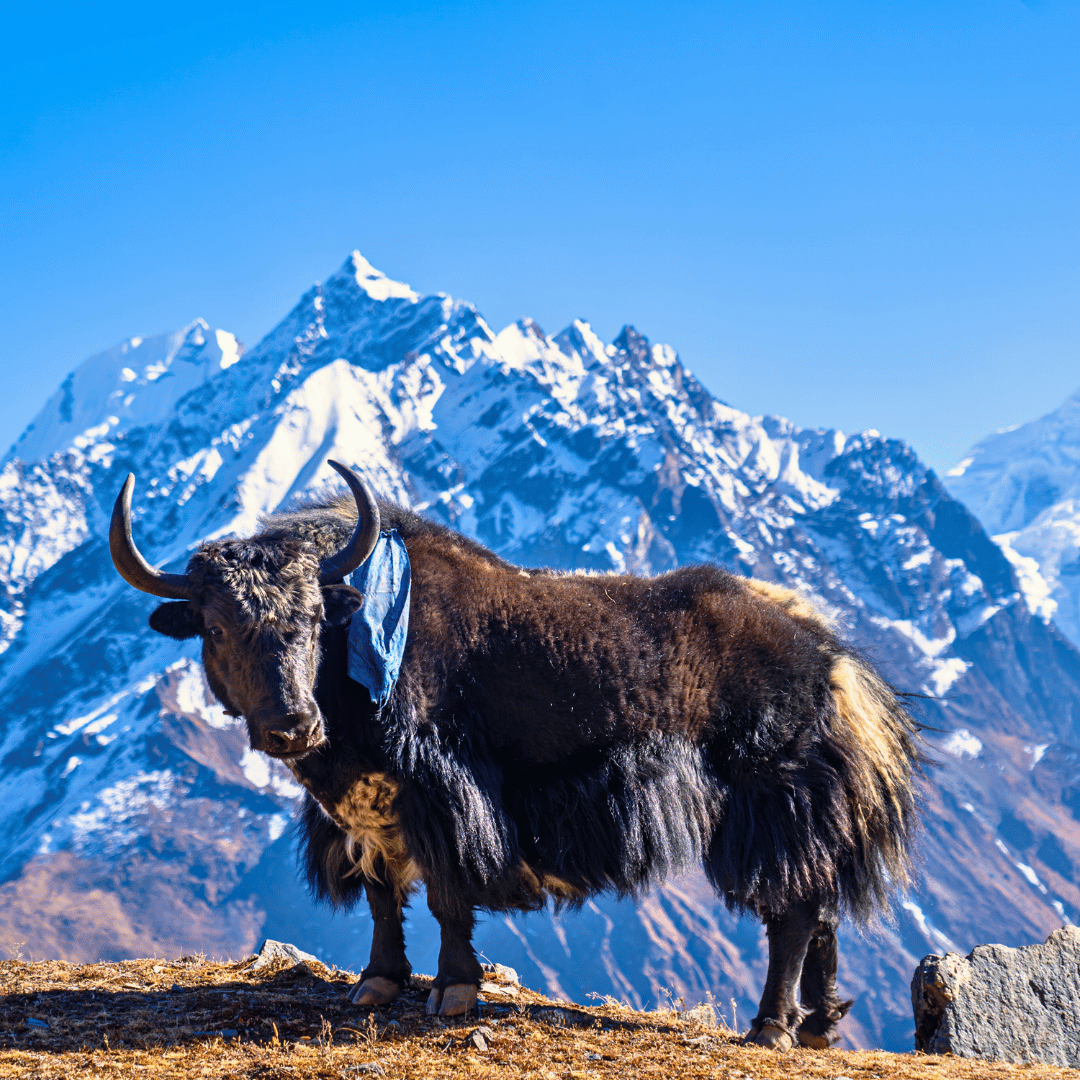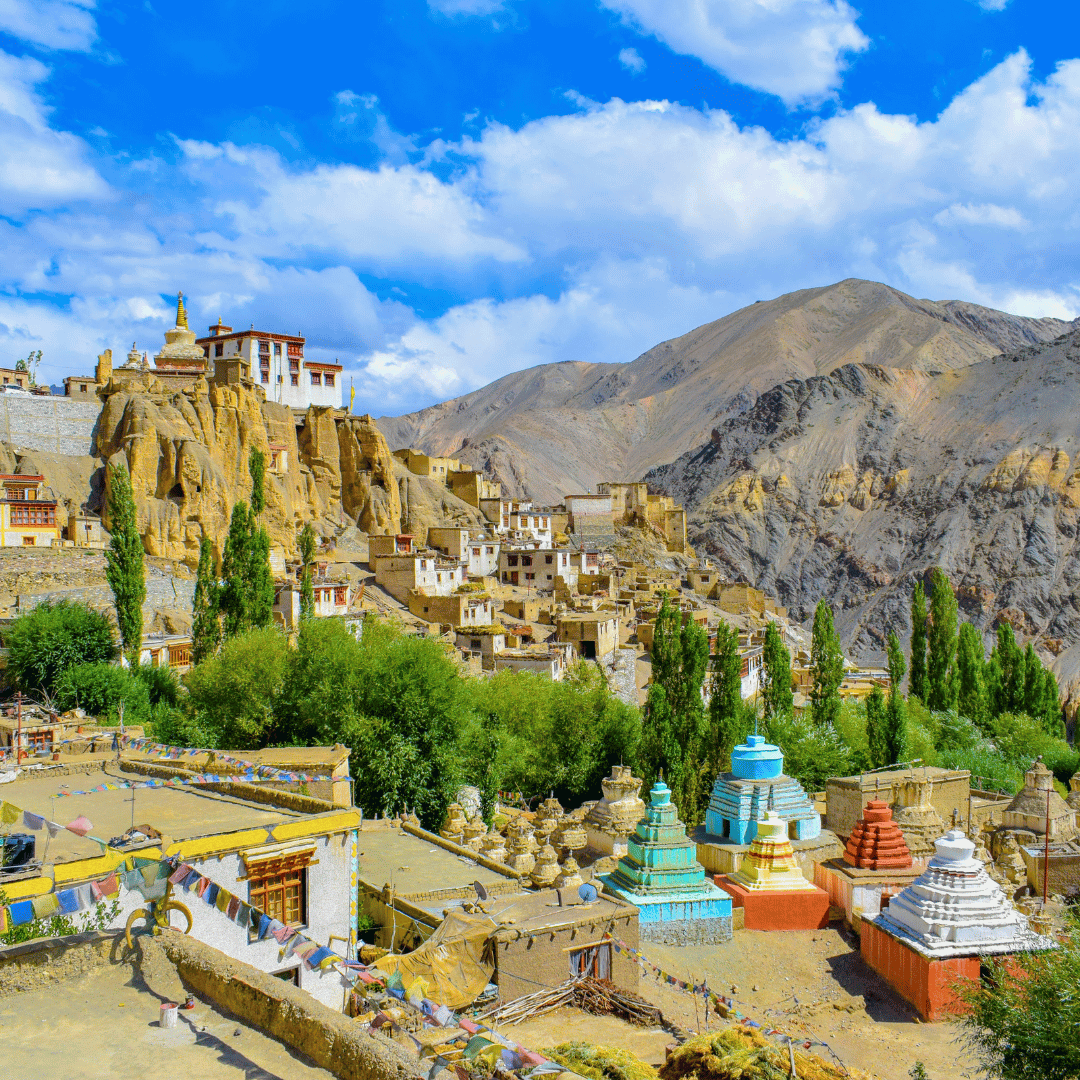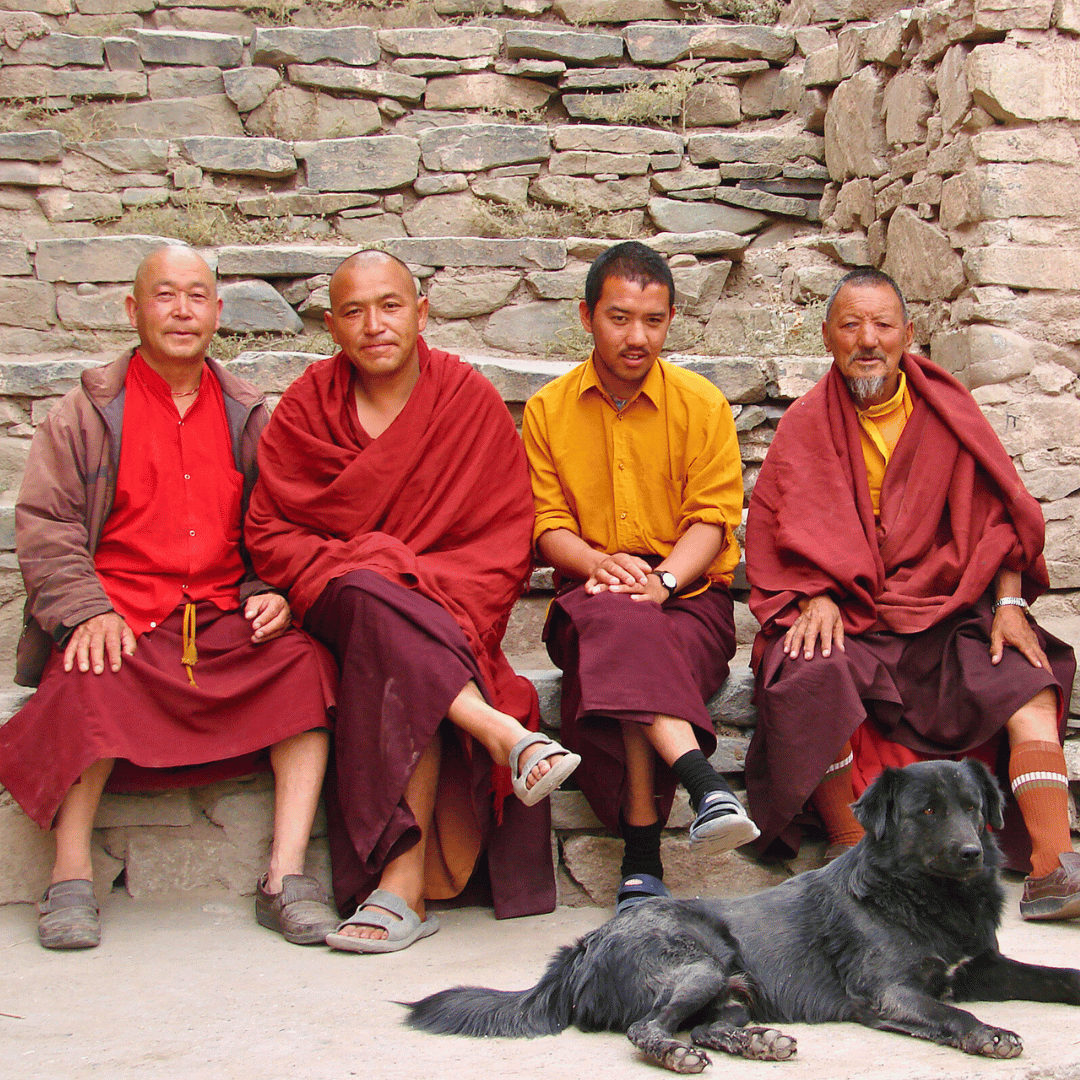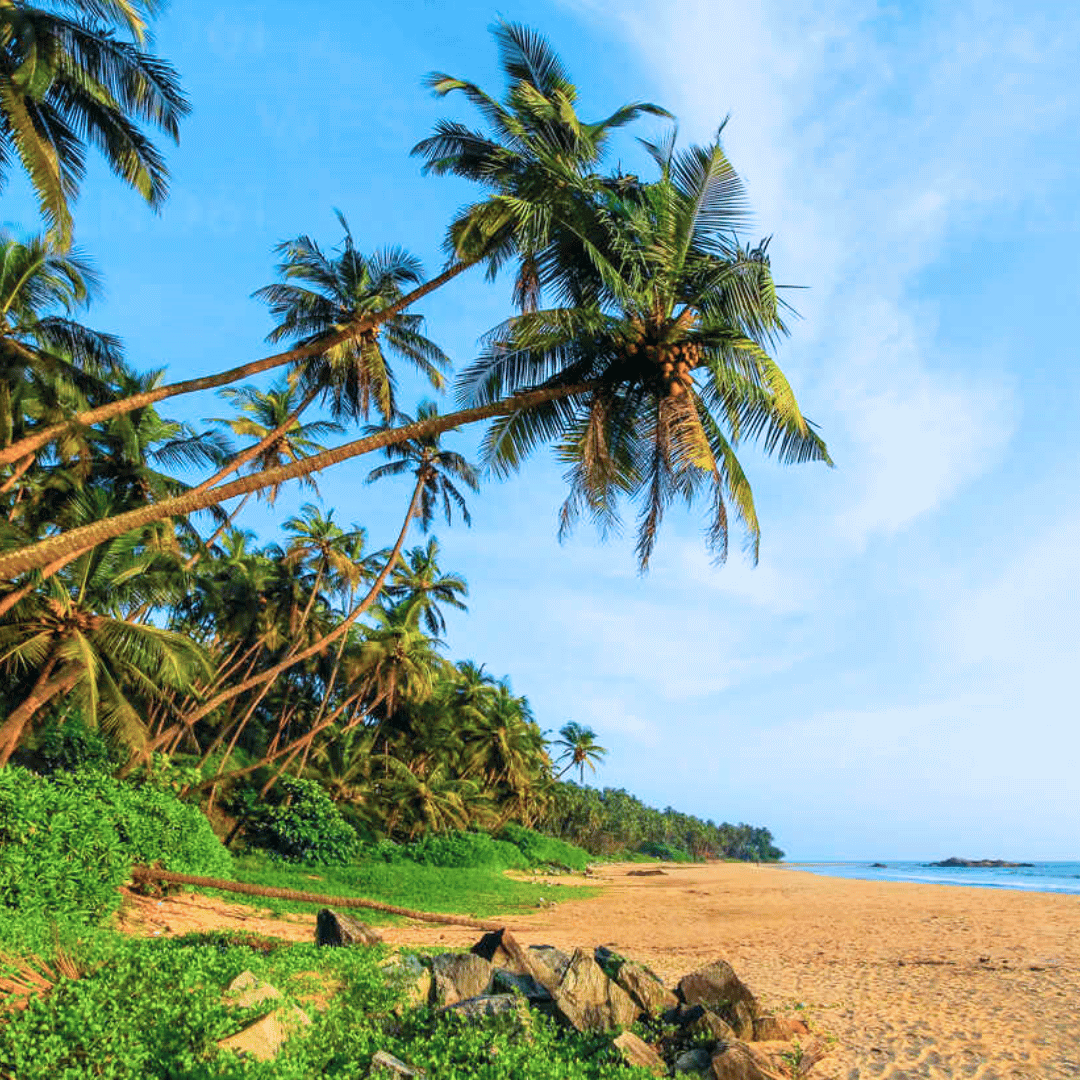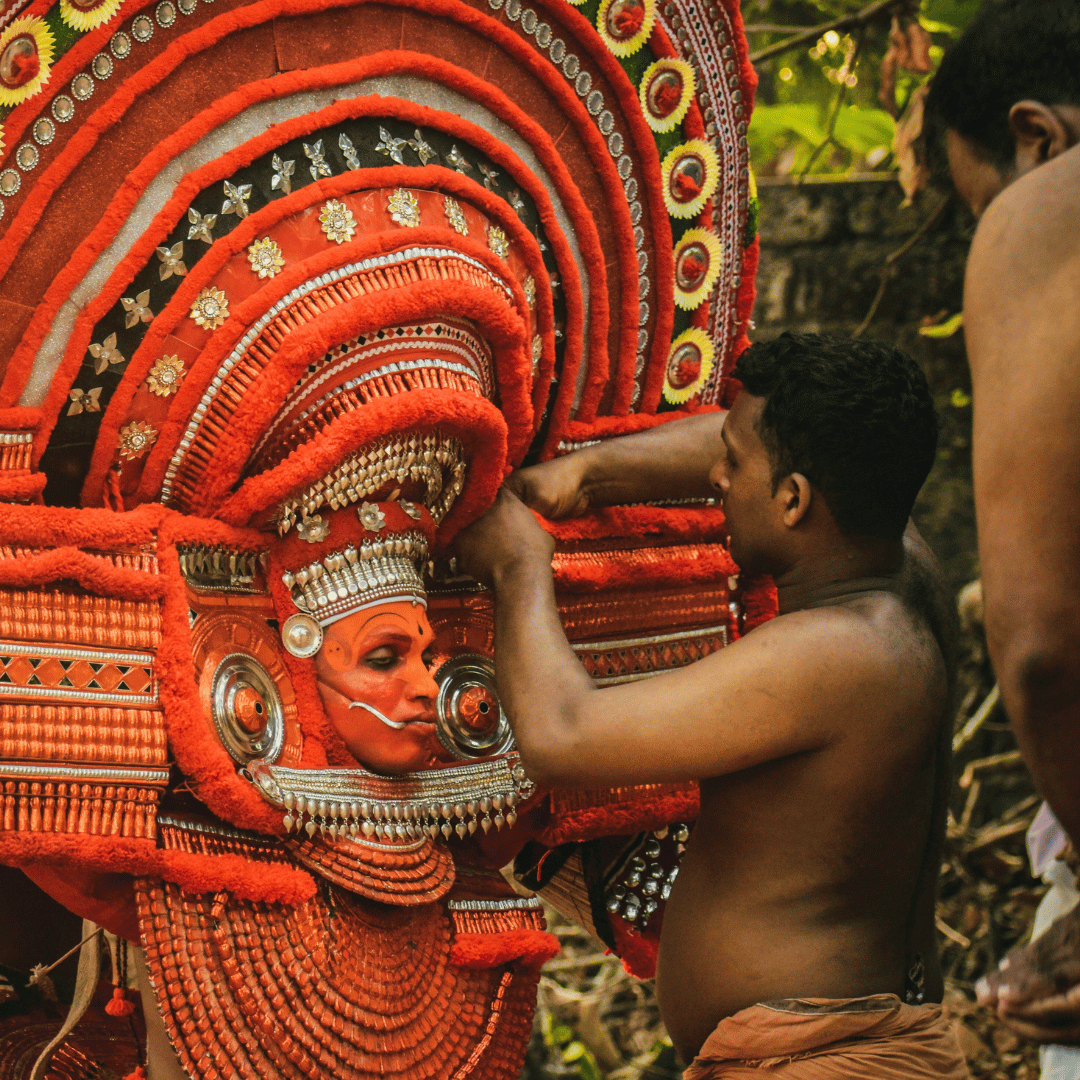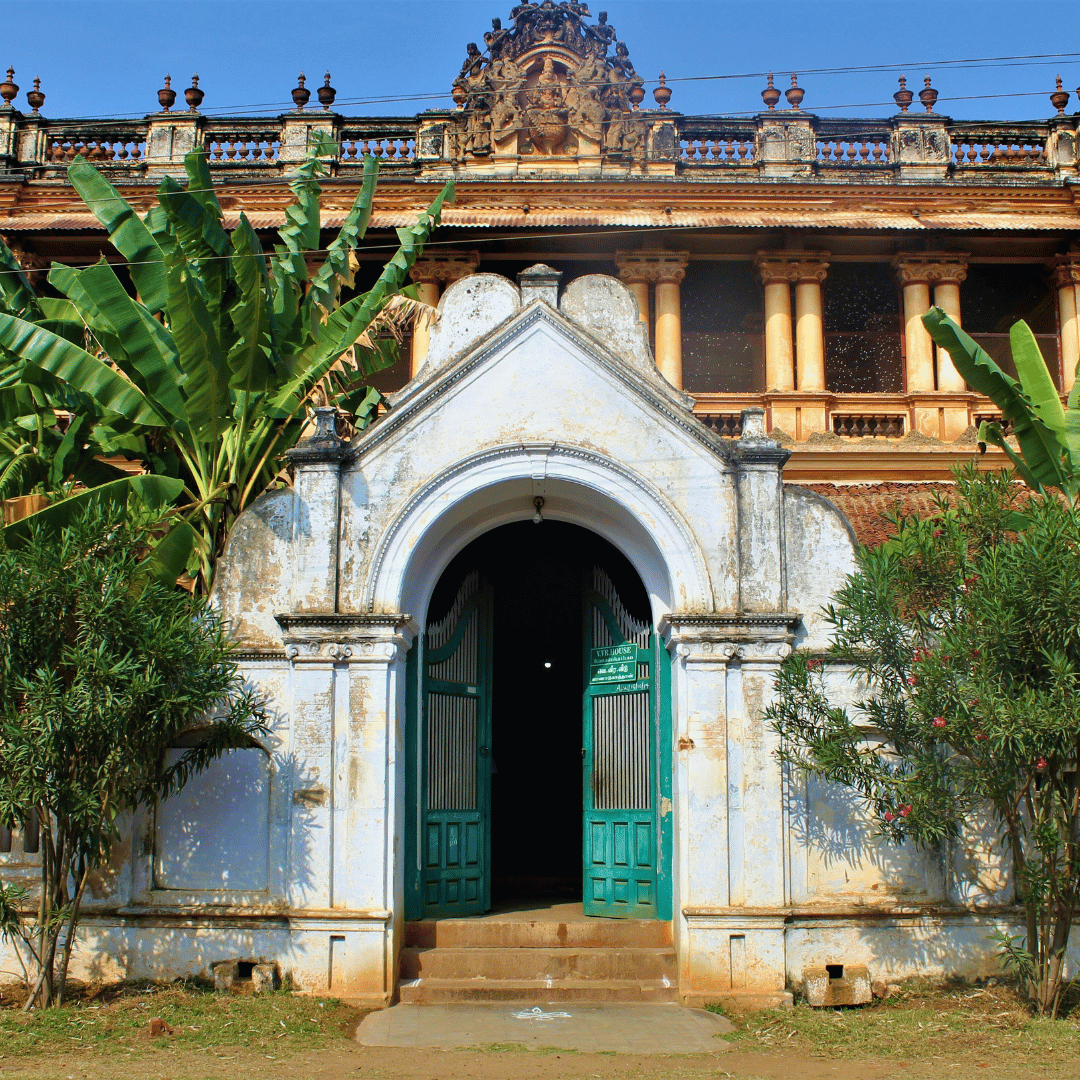Delhi To Mumbai Tour Itinerary
-
Welcome to India! You will be met on arrival in Delhi and transferred to your hotel. Believed to be close to 5,000 years old, Delhi has long been a centre of power, attracting rulers due to its strategic location and commercial significance. Over the centuries, it has been conquered, rebuilt, and transformed, serving as the capital for successive dynasties and empires. The city is often described as the ‘Seven Cities of Delhi’, with monuments, ruins, and relics from each era scattered throughout, offering a glimpse into the evolution of architectural styles and cultural influences. The ‘eighth’ city, New Delhi, was built as the capital of British India and inaugurated in 1931, later becoming the capital of independent India in 1947.
In the afternoon, take a tour of New Delhi, visiting Humayun’s Tomb and the Qutab Minar, followed by a drive past Lutyens’ Delhi, a grand colonial district designed by the British.
Commissioned by his widow, Haji Begum, and built in 1565 by Persian architect Mirak Mirza Ghiyath, Humayun’s Tomb is one of India’s most significant Mughal-era monuments. As the first major garden tomb in the country, it set the precedent for later Mughal architecture, culminating in the creation of the Taj Mahal. Its symmetrical layout, Persian-style design, and striking red sandstone façade make it a UNESCO World Heritage site and a must-visit landmark.
The origins of Qutab Minar, one of Delhi’s most iconic structures, remain debated. Some believe it was built as a tower of victory, marking the start of Muslim rule in India, while others suggest it served as a minaret for the call to prayer. Regardless of its purpose, it stands as one of the finest monuments in India. Construction began in 1200 AD under Qutab-ud-din Aibak, the first Muslim ruler of Delhi, with subsequent rulers adding further storeys. The final addition was made in 1368 by Firoz Shah Tughlaq, completing the towering structure that remains a stunning example of Indo-Islamic architecture.
Your tour concludes with a drive through Lutyens’ Delhi, designed by British architect Edwin Lutyens and his colleague Herbert Baker in the early 20th century. Commissioned in 1911 to create the capital of British India, they spent two decades constructing a city that blends Western classical design with Indian decorative motifs. As you pass the India Gate, Rashtrapati Bhawan (President’s House), Parliament House, and the tree-lined avenues of colonial-era bungalows, you’ll get a sense of the grandeur and scale of this carefully planned district, which continues to serve as the administrative heart of modern India.
-
This morning, transfer to the railway station to board the train to Hindaun, a journey that offers a glimpse into everyday life in North India as the countryside unfolds outside your window. On arrival, you will be met and driven 45 minutes to your hotel in Karauli, a town steeped in history and tradition. The remainder of the day is at leisure, allowing you to settle in and enjoy the surroundings.
Founded in 1348, Karauli was once a strategic stronghold, its rulers constructing extensive defences to protect the city from invaders. Encircled by a peripheral wall of red sandstone, reinforced by bastions at key locations, Karauli’s fortifications reflect its former importance as a princely state. Although parts of the wall have fallen into disrepair over time, the town retains its historic charm, with six grand entrance gates and eleven smaller posterns that once controlled access to the city.
For those wanting to explore in the afternoon, take a leisurely stroll through the old town, where narrow streets lined with colourful havelis, vibrant markets, and ancient temples offer a glimpse into Rajasthan’s rich cultural heritage. Alternatively, relax at your hotel, often housed in a heritage palace or haveli, where you can soak in the atmosphere of Karauli’s regal past.
-
Enjoy a full day at leisure, with a driver and vehicle at your disposal to explore Karauli at your own pace. A holy city with deep spiritual significance, Karauli attracts pilgrims and visitors keen to experience its rich devotional traditions and architectural heritage.
One of the most important sites is the Kaila Devi Temple, dedicated to the city’s guardian deity. Situated on the banks of the Kalisil River, this revered shrine draws worshippers year-round, particularly during the annual Kaila Devi Fair, when thousands of devotees gather for prayers and rituals. Even outside of festival times, the temple’s peaceful setting and steady stream of pilgrims offer an immersive glimpse into Rajasthan’s religious life.
Another highlight is the Maharaja’s Palace, a striking example of Rajput architecture. Though in need of restoration, the palace retains many impressive features, including intricately carved stone balconies, delicate frescoes, and vibrant murals that narrate stories of Karauli’s royal past. The Durbar Hall, with its beautifully preserved wall paintings and detailed stonework, is a particular highlight, offering insight into the grandeur of Rajasthan’s princely states.
For a more relaxed experience, take a stroll through the old village, where local artisans continue age-old traditions of craftsmanship. Karauli is known for its lacquerwork bangles, hand-carved wooden toys, bamboo crafts, and delicate jewellery, which can be found in the small handicraft shops that line the streets. The village also has a reputation for traditional sweets, so be sure to stop at a local shop to sample some of Rajasthan’s famous treats.
Whether exploring its spiritual landmarks, admiring its royal heritage, or engaging with local artisans, Karauli offers a chance to experience Rajasthan beyond the usual tourist trail, at a relaxed and unhurried pace.
-
Depart Karauli this morning for Bundi, a four-hour drive through the scenic countryside of Rajasthan. On arrival, check in to your hotel and enjoy the rest of the afternoon at leisure, either unwinding at your accommodation or heading out to explore this charming town at your own pace.
More of a large town than a city, Bundi offers an authentic slice of Rajasthan, away from the usual tourist routes. With its narrow cobbled lanes, blue-whitewashed houses, ancient havelis, and ornately carved temples, Bundi retains an old-world charm that makes it a delight to wander. Strolling through the town, you’ll come across bustling bazaars filled with vendors selling fresh produce, fragrant flowers, and handmade crafts, providing a lively and colourful atmosphere.
If time permits, take a gentle walk around Nawal Sagar Lake, a man-made waterbody at the heart of Bundi, where reflections of the town’s palaces and temples shimmer on the surface. Alternatively, stop by a local chai stall to enjoy a cup of masala tea and soak in the laid-back rhythm of everyday life.
For those keen to explore further, Bundi is home to numerous stepwells (baoris), once essential for water conservation in the arid climate of Rajasthan. Some of the most striking include the Raniji ki Baori (Queen’s Stepwell), an elaborate multi-storey structure adorned with intricate carvings.
With its relaxed pace, historic streets, and traditional markets, Bundi provides a refreshing contrast to Rajasthan’s larger cities, making it an ideal place to slow down and experience local life.
-
Bundi, nestled in the Aravalli Range and encircled by a high protective wall, is a town that has retained its Rajput-era charm more than most places in Rajasthan. With only four gateways leading into the city, Bundi feels like a step back in time, its historic atmosphere enhanced by grand forts, smaller palaces, intricately carved havelis, and stunning baolis (stepwells), which were once essential for water conservation in this semi-arid region.
This morning, set out on a guided exploration of Bundi’s rich architectural and cultural heritage, beginning at the Garh Palace, one of Rajasthan’s lesser-visited but most beautifully decorated palaces. Perched on a hill overlooking the town, the palace is renowned for its elaborate murals, which cover entire walls and depict scenes from the life of Lord Krishna, battle stories, courtly life, and mythological tales. The frescoes, painted in rich blues and golds, remain some of the finest surviving examples of Rajasthani miniature painting.
Following your palace visit, take a scenic drive around Sukh Sagar Lake to reach Kesar Bagh, the royal cenotaph complex of Bundi’s rulers. This peaceful site contains sixty-six intricately carved cenotaphs, with elegant marble ceilings, sculpted friezes, and decorative elephant motifs honouring past Rajput kings and queens.
The afternoon is at leisure, allowing you to explore Bundi at your own pace. You may choose to wander through the old town, where narrow lanes are lined with blue-painted houses, bustling bazaars, and traditional handicraft shops. Alternatively, visit some of Bundi’s famed stepwells, such as the Raniji ki Baori (Queen’s Stepwell), an architectural masterpiece adorned with multi-storey galleries, carved pillars, and delicate sculptures.
For a relaxing end to the day, consider a sunset walk up to Taragarh Fort, which offers panoramic views over Bundi’s rooftops and surrounding hills, or simply enjoy a quiet evening in one of the town’s charming cafés, soaking in the laid-back atmosphere of this hidden gem in Rajasthan.
-
After a leisurely breakfast, depart for Bhainsrorgarh, a scenic three-hour drive through Rajasthan’s countryside. On arrival, check in to your accommodation at Bhainsrorgarh Fort, where the remainder of the day is at leisure, allowing you to unwind and take in the serene surroundings.
Perched atop a 60-metre rocky ridge, overlooking the Chambal River, Bhainsrorgarh Fort is an 18th-century fortified outpost of the former Mewar Kingdom. This heritage palace has been carefully restored, retaining its old-world charm while offering modern comforts. With just five spacious suites, each uniquely designed, the fort provides an exclusive and intimate stay, where every room enjoys uninterrupted views of the Chambal River and the surrounding countryside.
The fort’s setting is spectacular, with its steep cliffs dropping down to the river. The open terraces, arched verandahs, and antique furnishings evoke the regal past of Rajasthan, while the warm hospitality of the royal family, who still reside here, adds to the experience.
For those keen to explore in the afternoon, you may choose to take a leisurely stroll around the fort’s ramparts, soaking in panoramic views of the Chambal’s winding waters and the lush landscape beyond. Alternatively, relax on the terrace with a cup of chai, watching the changing colours of the sky as the sun begins to set.
-
This morning, take a short 15-minute drive to visit the Baroli Temples, a remarkable 8th-century temple complex showcasing some of the earliest and finest examples of Hindu architecture in Rajasthan. Set amidst a tranquil, tree-shaded location, these temples are dedicated to Shiva, Vishnu, and Devi, with intricately carved pillars, ornate doorways, and beautifully sculpted figures adorning their walls. The Ghateshwara Mahadeva Temple, the largest and most elaborate of the group, is particularly striking, featuring finely detailed stonework that has endured for over a thousand years.
After returning to Bhainsrorgarh Fort, spend the rest of the day at leisure, taking in the peaceful ambience of your surroundings. You may wish to relax with a book on the rooftop terrace, where the panoramic views of the Chambal River and surrounding countryside create a perfect backdrop. If you prefer to explore, wander through the fort’s hidden alcoves and courtyards, where you’ll discover antique furnishings, old photographs, and remnants of the fort’s royal past.
For a glimpse of local life, take a walk through Bhainsrorgarh village, where traditional Rajasthani culture unfolds in its narrow streets. Watch potters at work, farmers tending to their fields, and women in vibrant saris carrying water from the wells, offering an authentic insight into the daily rhythms of rural Rajasthan.
In the late afternoon, embark on a boat ride along the Chambal River, aboard a spacious, old-style wooden boat, designed for a comfortable and leisurely journey. As you drift along the water, keep an eye out for mugger crocodiles basking on the riverbanks. If you're lucky, you may also spot marsh crocodiles or even a rare alligator. The Chambal is also home to rich birdlife, so look out for kingfishers, egrets, and Indian skimmers gliding over the water as the sun sets, casting a golden glow over the river.
-
Depart Bhainsrorgarh this morning for the 2.5-hour drive to Jhalawar, a region in southeastern Rajasthan that offers a striking contrast to the state’s arid landscapes. Unlike much of Rajasthan, Jhalawar is set on the Malwa Plateau, with a rugged yet green and fertile landscape of rolling hills, forests, and farmland. The region is known for its pre-historic cave paintings, massive forts, and rich wildlife, making it a fascinating mix of history and nature.
As you drive through the lush countryside, keep an eye out for a diverse range of bird species, particularly around lakes, wetlands, and wooded areas. If travelling during the winter months, you’ll see fields of red poppies and citrus orchards heavy with oranges. The area around Bhawani Mandi is one of the largest producers of citrus fruit in India, adding to the scenic beauty of the region.
On arrival in Jhalawar, check in to your hotel and enjoy a leisurely afternoon. You may choose to relax at your accommodation, or take a short stroll through the town, where colonial-era structures, old temples, and lively markets provide a glimpse into Jhalawar’s local culture.
Chandrabagha Fair
November - Optional Two-Night StayIf visiting in late November, it is well worth extending your stay in Jhalawar to experience the Chandrabagha Fair, a vibrant cultural and religious festival held in Jhalrapatan, just 6km from Jhalawar.
The Chandrabagha River, which flows through Jhalrapatan, is considered holy by locals, and each year on the full moon night of Kartik Purnima (a Hindu festival falling in October to November), thousands of pilgrims gather here to take a ritual dip in its waters. The festival is a deeply spiritual event, where devotional chants, temple bells, and the sight of pilgrims in colourful attire create an unforgettable atmosphere.
Alongside the religious celebrations, one of Rajasthan’s largest livestock and cultural fairs takes place, attracting farmers, traders, shepherds, and semi-nomadic tribespeople from across Rajasthan, Gujarat, and Madhya Pradesh. The fair is a bustling marketplace where cows, horses, buffaloes, camels, and bullocks are bought and sold, while folk musicians, dancers, and artisans showcase Rajasthan’s rich rural traditions.
Visiting Chandrabagha Fair provides a rare opportunity to experience an authentic rural festival, offering a cultural immersion that goes beyond Rajasthan’s well-known heritage sites. Whether you spend your time exploring Jhalawar’s natural beauty and historic sites, or witnessing the energy of the fair, the region offers a unique side of Rajasthan that is often overlooked.
-
After breakfast, depart for Fort Amla, a four-hour drive, with a stop en route to explore Ujjain, one of India’s seven sacred cities and an important centre of Hindu pilgrimage. Located on the banks of the Shipra River, Ujjain has been a spiritual and astronomical hub for centuries and continues to be a place of deep religious significance. Every 12 years, the city hosts the Kumbh Mela, one of the largest religious gatherings in the world, where millions of devotees come to bathe in the holy river to cleanse their sins.
The main attraction in Ujjain is the Mahakaleshwar Temple, one of the twelve Jyotirlingas (sacred shrines of Lord Shiva) and a revered pilgrimage site. The current 18th-century temple stands on the site of an older structure and houses a Shivalinga, believed to be self-manifested (swayambhu) and one of the most venerated in India. Pilgrims visit throughout the day, but one of the most unique experiences is the early morning Bhasma Aarti, where sacred ash is offered to the deity in a centuries-old ritual. The temple’s intricate carvings, towering spires, and spiritual ambience make it a fascinating place to witness devotion in its purest form.
After visiting Ujjain, continue your journey to Fort Amla, a charming heritage hotel set in a restored Rajput fortress. Featuring bold, sweeping arches, long open terraces, and traditional architecture, Fort Amla offers a peaceful and atmospheric retreat.
Upon arrival, check in and spend the afternoon at leisure, taking in the serene surroundings of this historic fort. You may wish to relax in the courtyards, enjoying the cool breeze and panoramic views of the surrounding countryside, or explore the fort’s passageways and open terraces, where glimpses of its royal past are still visible.
-
After breakfast, set out on a four-hour drive to Maheshwar, stopping en route to explore the historic city of Mandu.
Perched at 610 metres above sea level in the Vindhya Ranges, Mandu was founded in the 10th century by the Parmar dynasty, who established it as their fort capital. Later, it was captured by the Delhi Sultans, who renamed it Shadiabad, meaning the ‘City of Joy’. The name reflected the city’s grandeur, as it became a centre of art, architecture, and poetry, flourishing under Afghan and Mughal rule.
Mandu is renowned for its fusion of Hindu and Afghan architectural styles, evident in its fortified palaces, grand gateways, mosques, and stepwells. Highlights include the Jahaz Mahal (‘Ship Palace’), a stunning water palace built between two lakes, and Hindola Mahal (‘Swinging Palace’), an audience hall with dramatically sloping walls. Other must-see sites include Rupmati’s Pavilion, a clifftop retreat with panoramic views over the Narmada valley, and the Tomb of Hoshang Shah, India’s first marble mausoleum and a prototype for the Taj Mahal.
After exploring Mandu’s historical wonders, continue to Maheshwar, an ancient temple town set along the banks of the scenic Narmada River. Mentioned in classical Sanskrit texts, Maheshwar has long been an important Hindu pilgrimage site, revered for its temples and ghats, many of which were constructed in the 18th century by Maharani Ahilya Bai Holkar, the legendary queen of the Holkar dynasty.
Upon arrival, check in to Ahilya Fort, a charming heritage retreat that offers a unique blend of history, comfort, and hospitality. Overlooking the Narmada River, the fort has been carefully restored and is known for its delicious cuisine, combining authentic local flavours with Western influences.
The rest of the afternoon is at leisure. You may choose to relax on the fort’s terraces, taking in the serene river views, or explore the temple town, where priests perform rituals along the ghats, and artisans craft the famous Maheshwari handwoven sarees.
-
Enjoy a full day at leisure, whether you choose to relax at your heritage accommodation or venture out to explore the small yet historically rich town of Maheshwar at your own pace.
For those wishing to immerse themselves in the town’s spiritual and cultural atmosphere, take a leisurely walk along the 1.5-kilometre riverfront, which is lined with shrines, ghats, and cenotaphs of the Holkar rulers. The Narmada River, considered one of India’s holiest, has long been a place of pilgrimage and devotion, with priests performing rituals and locals offering prayers along its banks. The Ahilyeshwar Temple, dedicated to Lord Shiva, is a beautifully carved riverside shrine that reflects the architectural vision of Maharani Ahilya Bai Holkar, whose influence shaped much of Maheshwar’s heritage.
As you wander the ghats, you’ll see colourfully dressed pilgrims, artisans weaving Maheshwari sarees, and local musicians playing traditional instruments, creating an atmosphere that feels almost unchanged over centuries. The town is also dotted with small shrines and intricately carved cenotaphs, built in memory of the Holkar dynasty’s royal family.
For a deeper insight into Maheshwar’s renowned textile tradition, visit a local weaving centre to see artisans crafting the famous Maheshwari sarees, known for their vibrant colours, intricate borders, and lightweight texture. This weaving tradition dates back to the time of Maharani Ahilya Bai, who personally supported and promoted local craftsmanship.
If you prefer a slower pace, relax at your accommodation, soaking in the peaceful surroundings of Ahilya Fort, where open courtyards, shaded terraces, and river-facing verandahs provide the perfect setting to unwind with a book or simply enjoy the view. As the sun begins to set, consider returning to the riverfront for a sunset boat ride on the Narmada.
-
After breakfast, set off on a four-hour drive to Burhanpur, a hidden gem in India’s medieval architectural history. Though lesser known than many other historic cities, Burhanpur played a crucial role in the military and cultural ambitions of successive dynasties, leaving behind a wealth of forts, palaces, mosques, and temples that tell the story of its turbulent yet artistically rich past.
Founded in 1400 AD by Nasir Khan of the Faruqi dynasty, Burhanpur was the capital of the Faruqi Sultanate for nearly two centuries. In 1600, Mughal Emperor Akbar captured the city, making it a vital part of the empire’s expansion into the Deccan. For over a century, Burhanpur remained strategically significant, with emperors, including Shah Jahan and Aurangzeb, spending extended periods here.
Burhanpur is also closely linked to Mumtaz Mahal, the beloved wife of Shah Jahan. She passed away in 1631 while giving birth to their 14th child, during a military campaign in the Deccan. For several months, her body rested in Burhanpur before being transported to Agra, where she was eventually laid to rest in the Taj Mahal, built in her memory.
Despite its rich Mughal heritage, Burhanpur is equally significant as a place of pilgrimage, attracting Bohra Muslims and Sikhs. The city’s cultural diversity is reflected in its intricate mosques, Sikh shrines, and Hindu temples, each contributing to its layered history.
On arrival, check in to your hotel and enjoy a brief rest before heading out in the afternoon to visit Asirgarh Fort, one of the most strategically important strongholds in Indian history. Perched on the outskirts of Burhanpur, this massive fortress dominates a mountain pass through the Satpura Range, connecting the Narmada and Tapti river valleys. Due to its commanding location, it was known as Dakkhan ka Darwaza or ‘The Gateway to the Deccan’, serving as a crucial link between northern India and the southwestern Deccan plateau.
Built by the early rulers of the Faruqi dynasty, Asirgarh Fort was later captured by the Mughals, who strengthened its defences and used it as a base for their southern military campaigns. The fort’s thick walls, massive gateways, and underground water reservoirs reflect its military significance, while remnants of temples, mosques, and palaces inside the fort hint at its diverse history.
Take your time exploring the ruins of this once-mighty citadel, soaking in the panoramic views of the surrounding landscape before returning to Burhanpur for a relaxed evening.
-
This morning, set off on a five-hour drive to Aurangabad, stopping en route to visit the remarkable Ajanta Caves, one of India’s most extraordinary UNESCO World Heritage Sites.
Carved into a 76-metre-high horseshoe-shaped escarpment, the Ajanta Caves overlook the narrow Waghora River gorge, creating a dramatic and awe-inspiring setting. These rock-cut caves, dating from the 2nd century BCE to the 6th century CE, were excavated and adorned with intricate frescoes and sculptures by Buddhist monks, who used them as monsoon retreats for meditation and study. Hidden from the outside world for centuries, the caves were rediscovered in 1819 by a British officer on a tiger hunt, revealing an astonishing collection of monastic halls (viharas) and prayer halls (chaityas), some containing towering seated Buddhas and others filled with detailed murals depicting scenes from the Jataka tales (stories of Buddha’s past lives).
On arrival, explore the caves with a local guide, who will bring to life the iconography, history, and artistic techniques used in their creation. The frescoes, still retaining their vivid colours, are among the finest surviving examples of ancient Indian painting, showcasing a level of artistic sophistication that predates the works of the European Renaissance by over a thousand years.
After taking in the grandeur and serenity of Ajanta, continue your journey to Aurangabad, arriving in the late afternoon. Check in to your hotel and enjoy the evening at leisure, perhaps opting for a quiet dinner or a stroll through the city, which serves as the gateway to the Ajanta and Ellora caves and holds its own rich Mughal-era heritage.
-
Today, take an excursion to the Ellora Caves, located 35 kilometres from Aurangabad. Considered one of the finest examples of rock-cut architecture in India, these UNESCO World Heritage-listed caves are carved into a 2-kilometre-long basalt escarpment, showcasing a fusion of Buddhist, Hindu, and Jain artistic traditions. Unlike the Ajanta Caves, which are primarily Buddhist and focus on detailed frescoes, Ellora is renowned for its monumental rock-hewn temples and sculptures, created between the 4th and 9th centuries CE.
This incredible complex comprises 34 caves, each meticulously sculpted to reflect the beliefs, stories, and artistic styles of their respective faiths. The earliest Buddhist caves (Caves 1-12) date from the 4th to 7th centuries, with large monastic halls (viharas), meditation chambers, and intricate carvings of Buddha and bodhisattvas. Among these, Cave 10, the Vishvakarma Cave (Carpenter’s Cave), stands out with its stunning vaulted ceiling resembling wooden beams and a massive seated Buddha statue in a prayer hall.
The Hindu caves (Caves 13-29) were excavated between the 7th and 9th centuries and display grander, more intricate carvings, with shrines dedicated to deities like Shiva, Vishnu, and Durga. The centrepiece of the Ellora complex is the magnificent Kailasa Temple (Cave 16), an awe-inspiring monolithic temple dedicated to Lord Shiva. Carved from a single rock, it is one of the most ambitious architectural feats of the ancient world, featuring massive pillars, elaborate friezes, towering sculptures, and elephants seemingly supporting the structure.
The Jain caves (Caves 30-34), excavated in the 9th and 10th centuries, are smaller but remarkably detailed, reflecting the Jain philosophy of non-violence and asceticism. The most notable is Cave 32, the Indra Sabha, featuring intricate carvings of Tirthankaras, celestial beings, and mythological figures, along with beautifully sculpted lotus motifs on the ceilings.
Exploring Ellora provides a rare opportunity to compare the stylistic evolution, architectural grandeur, and religious narratives of these three major Indian spiritual traditions. The scale and craftsmanship of the caves stand as a testament to the rich cultural and artistic legacy of ancient India.
After the tour, return to Aurangabad in the afternoon and enjoy the rest of the evening at leisure, perhaps visiting a local market, or relaxing at your hotel.
-
We hope you enjoyed your adventure through the backroads of India! Today, you will be transferred to Aurangabad airport for your flight to Mumbai.
The India Unbound Difference
At India Unbound, we’ve spent twenty years on the ground in India, learning all about its intricacies, landscapes and cultures. We use this first-hand knowledge to carefully curate travel itineraries for our guests, and are proud to be a reputable private touring specialist. In addition, our team of local partners offer guarantees of punctuality, quality and service. All of our India private tour itineraries include all accommodation mentioned, daily breakfasts and other meals as specified, all transfers, touring and sightseeing by air-conditioned Toyota Innova or similar vehicle, and internal flights as outlined in the itinerary. Private activities and sightseeing with English-speaking local guides are included, along with entrance fees, drinking water in the vehicle, and all vehicle-related charges such as tolls, parking fees, and taxes. The cost does not include visas or international flights, personal expenses such as drinks and laundry, meals and activities not specifically listed as included, or camera fees, which are rarely applicable. Prices are listed in Australian dollars and are based on per person, twin share. Please note that these may fluctuate depending on the time of year you’re looking to travel, and the type of accommodation you prefer.

